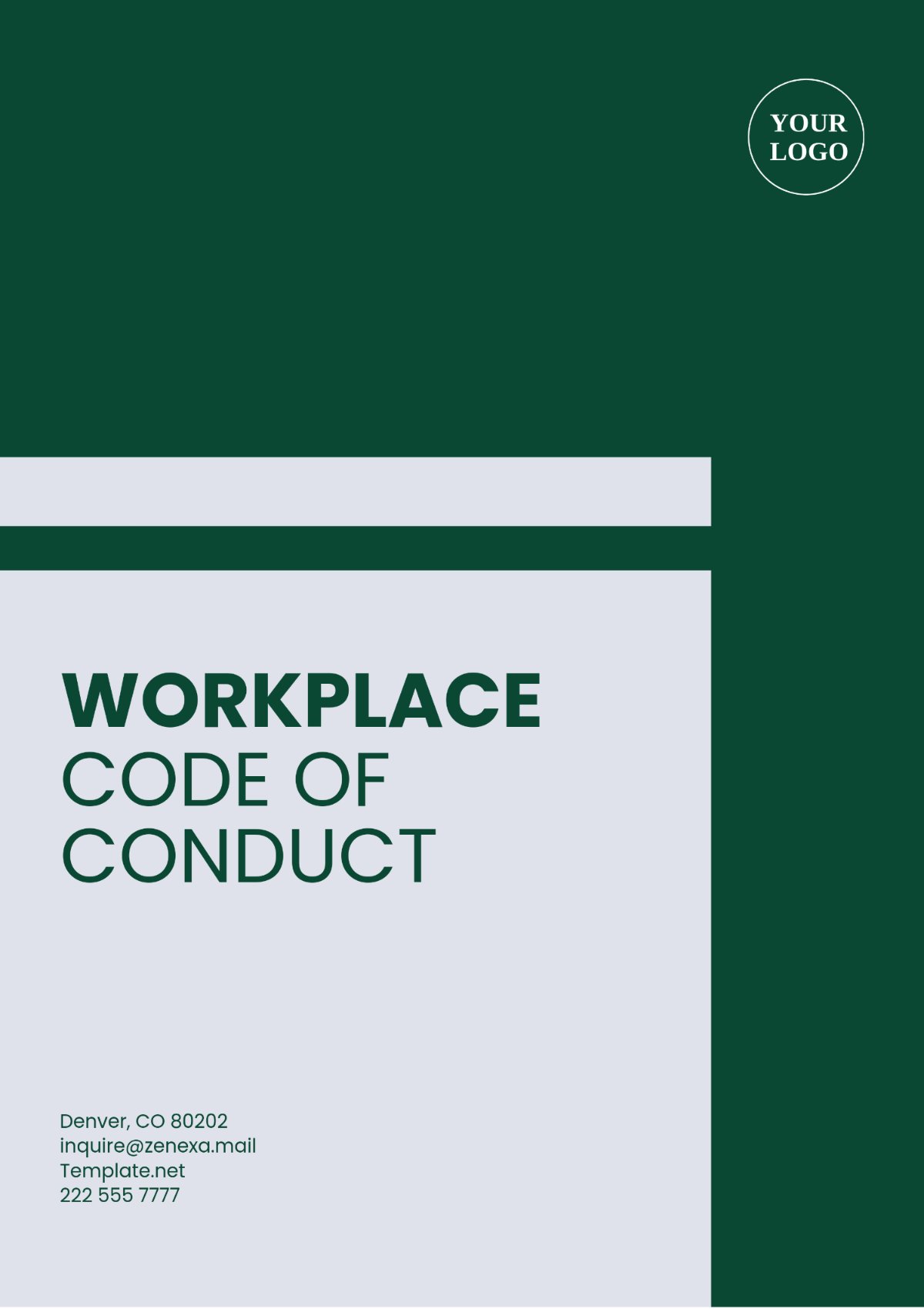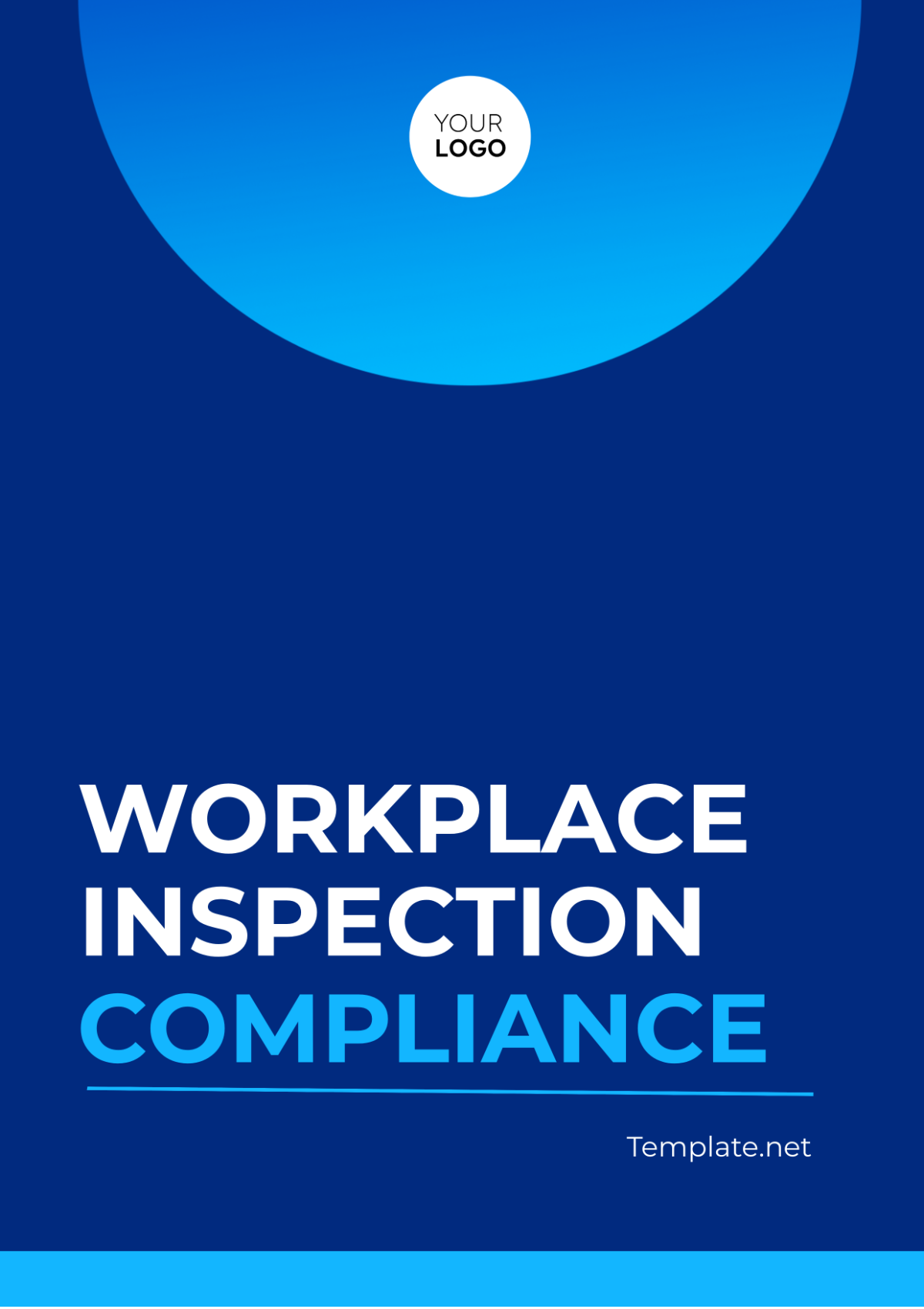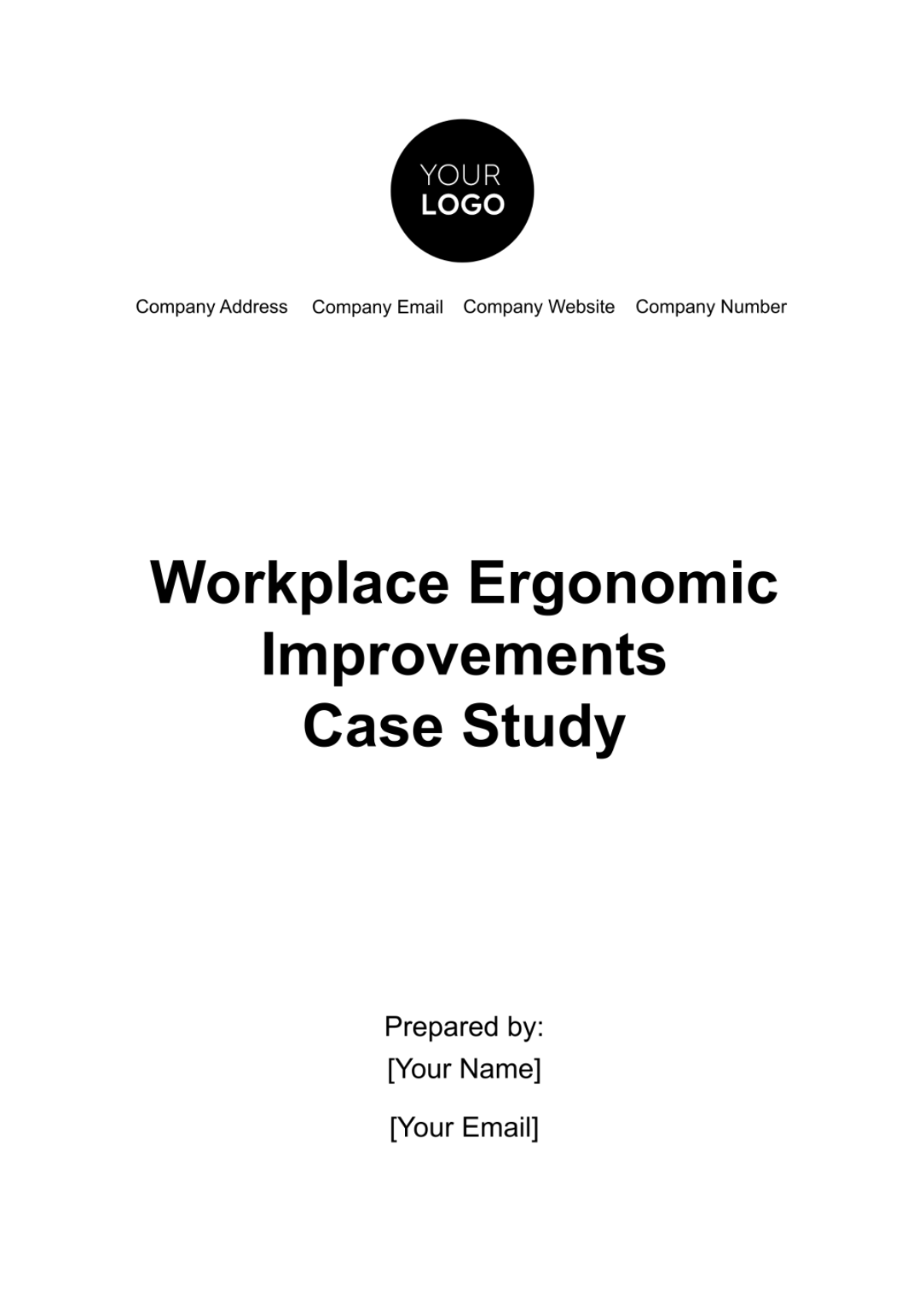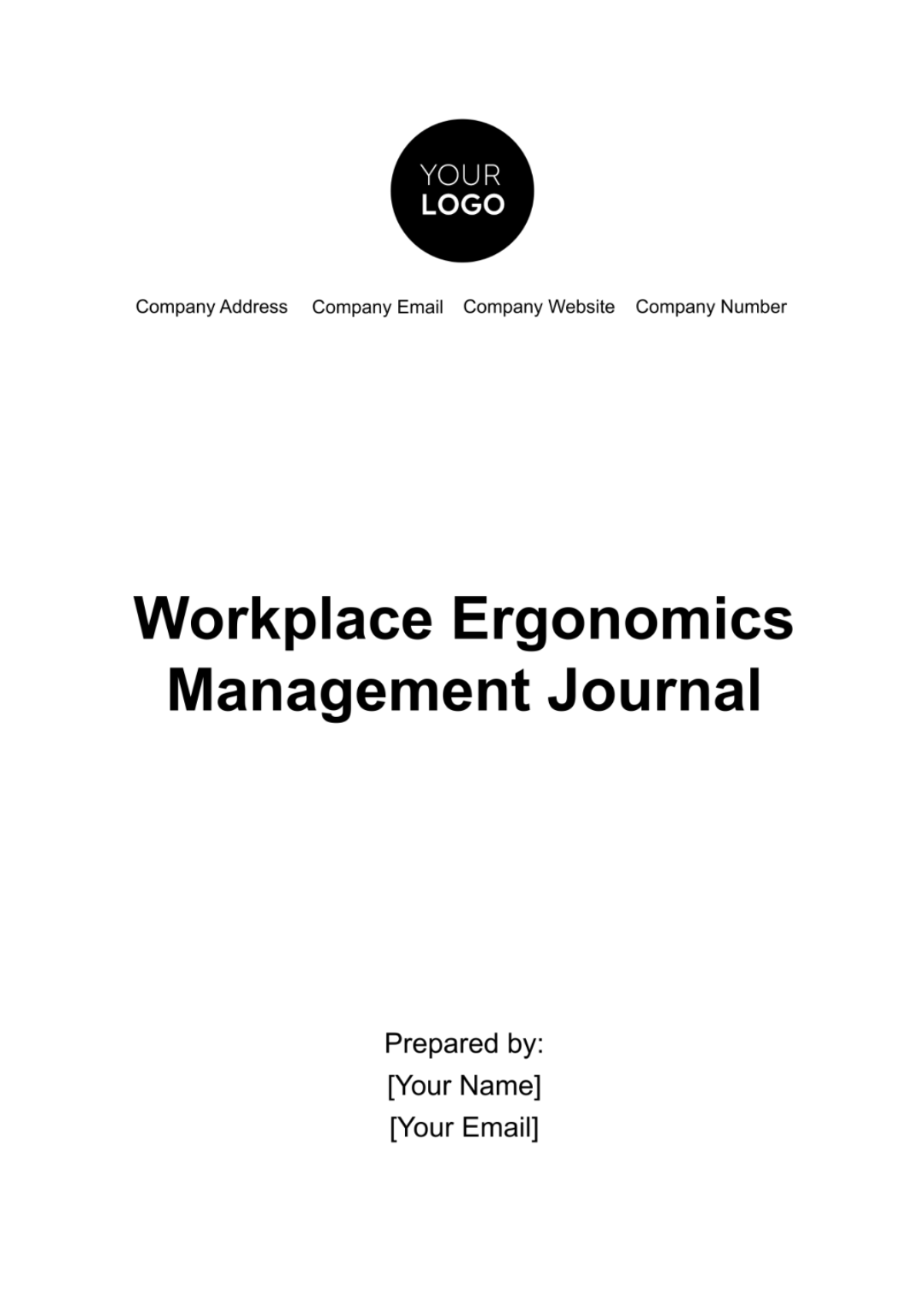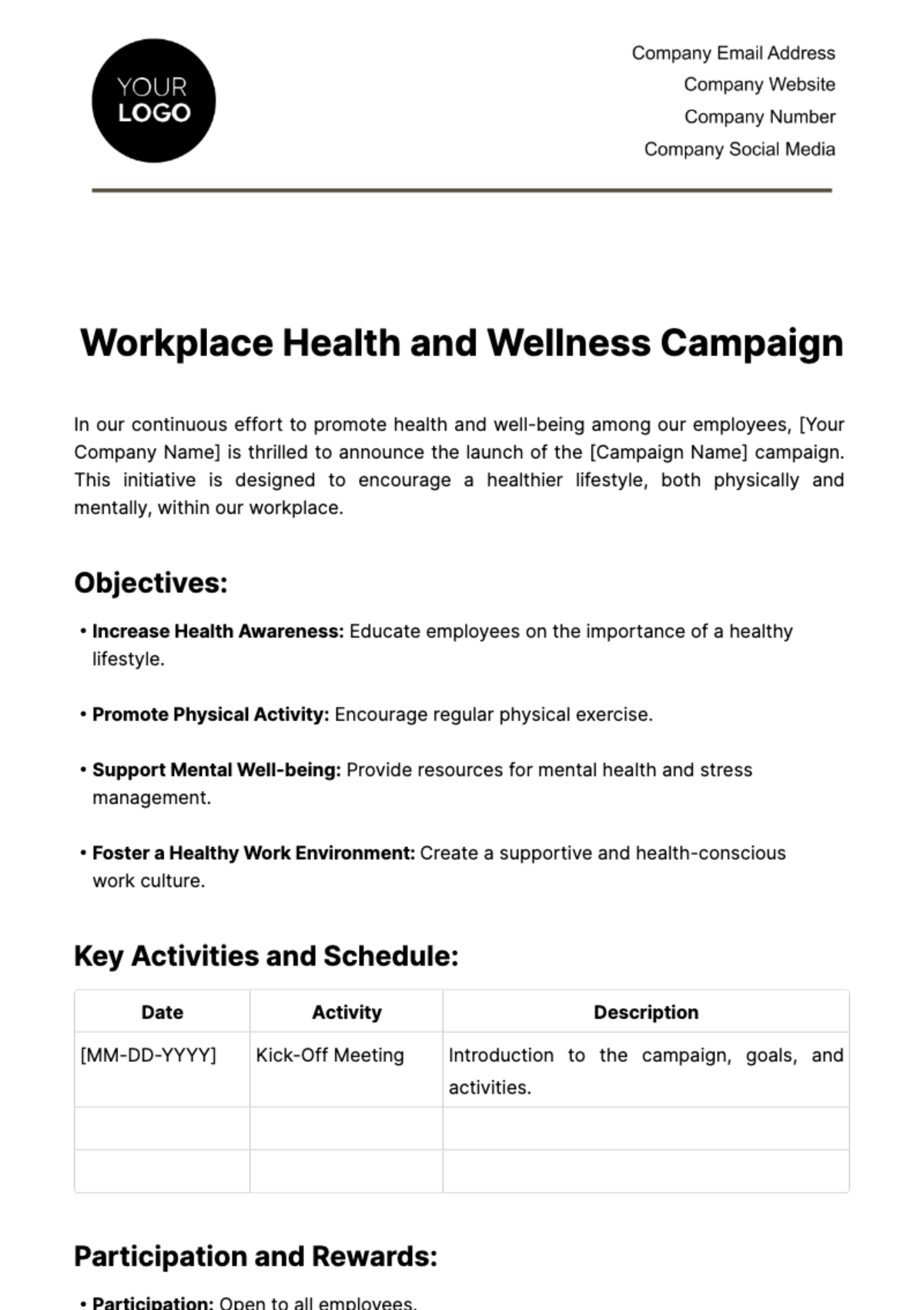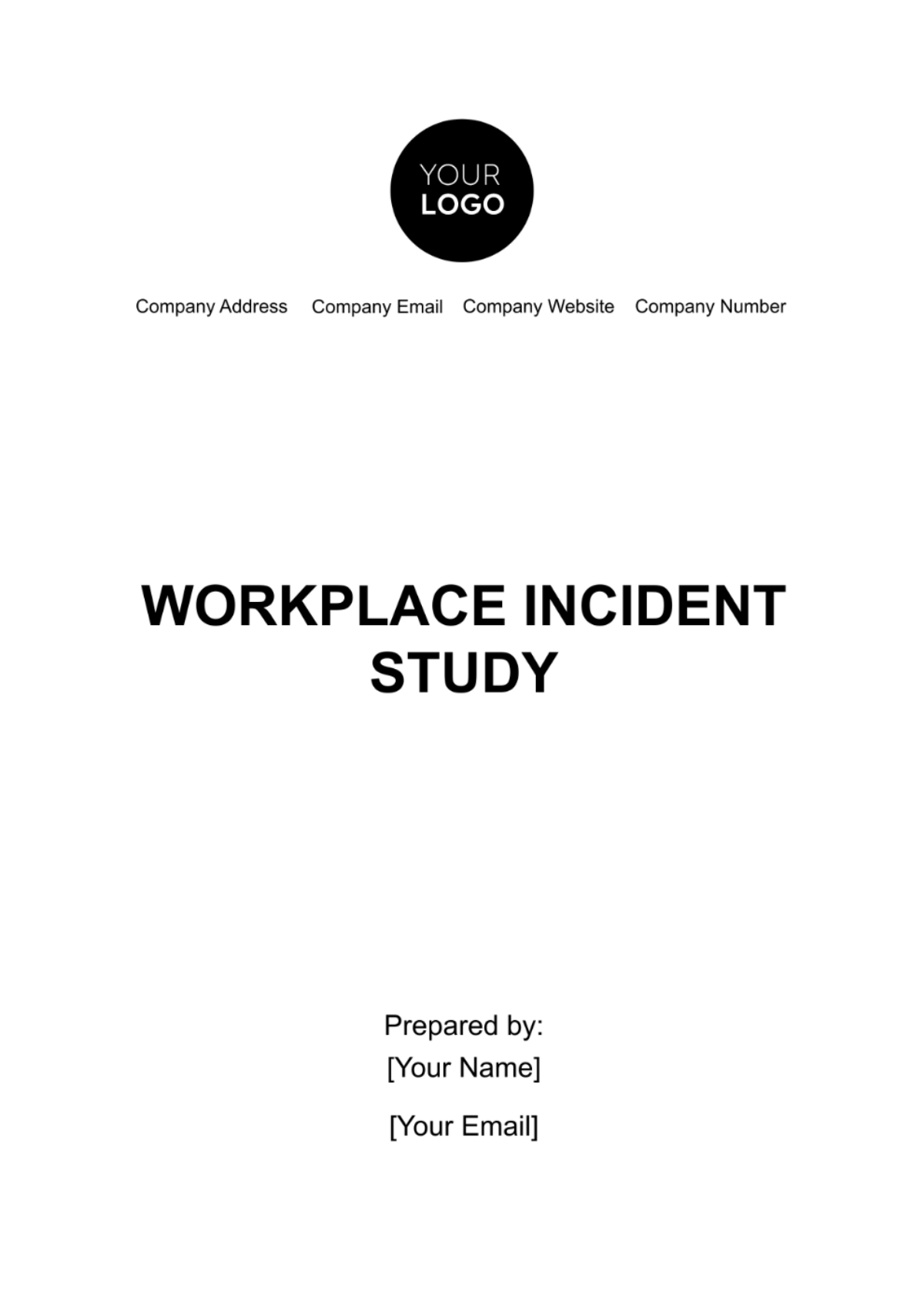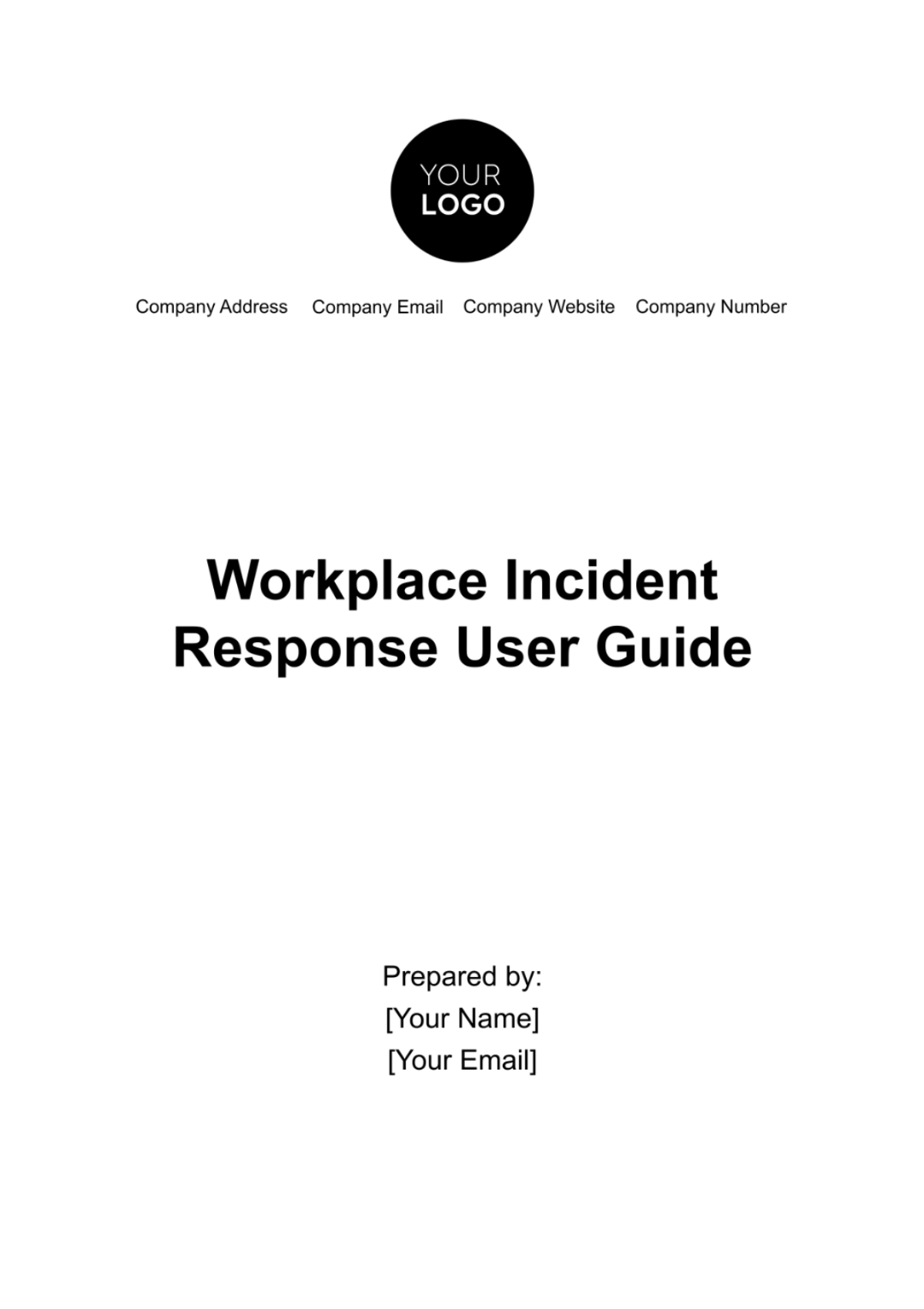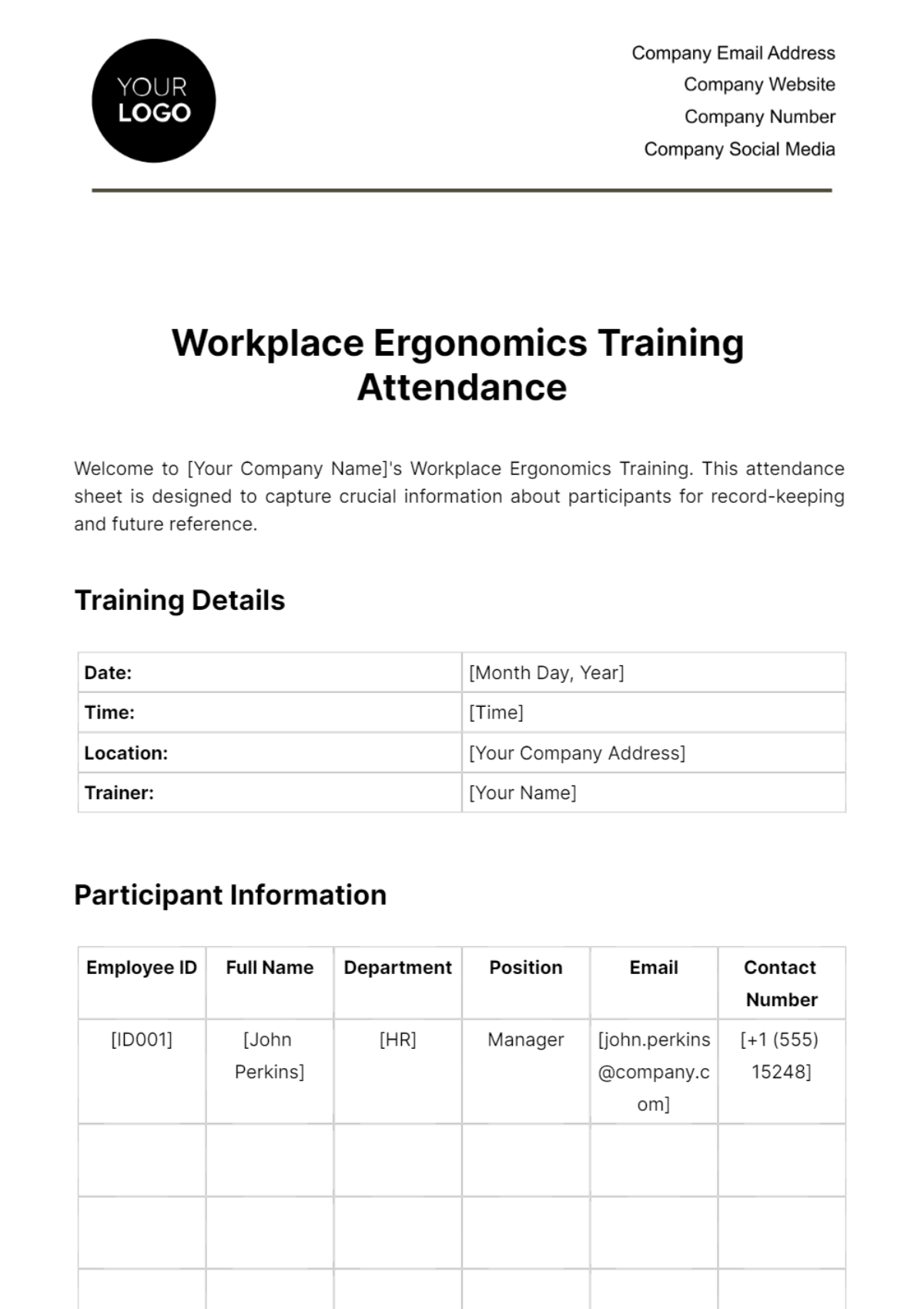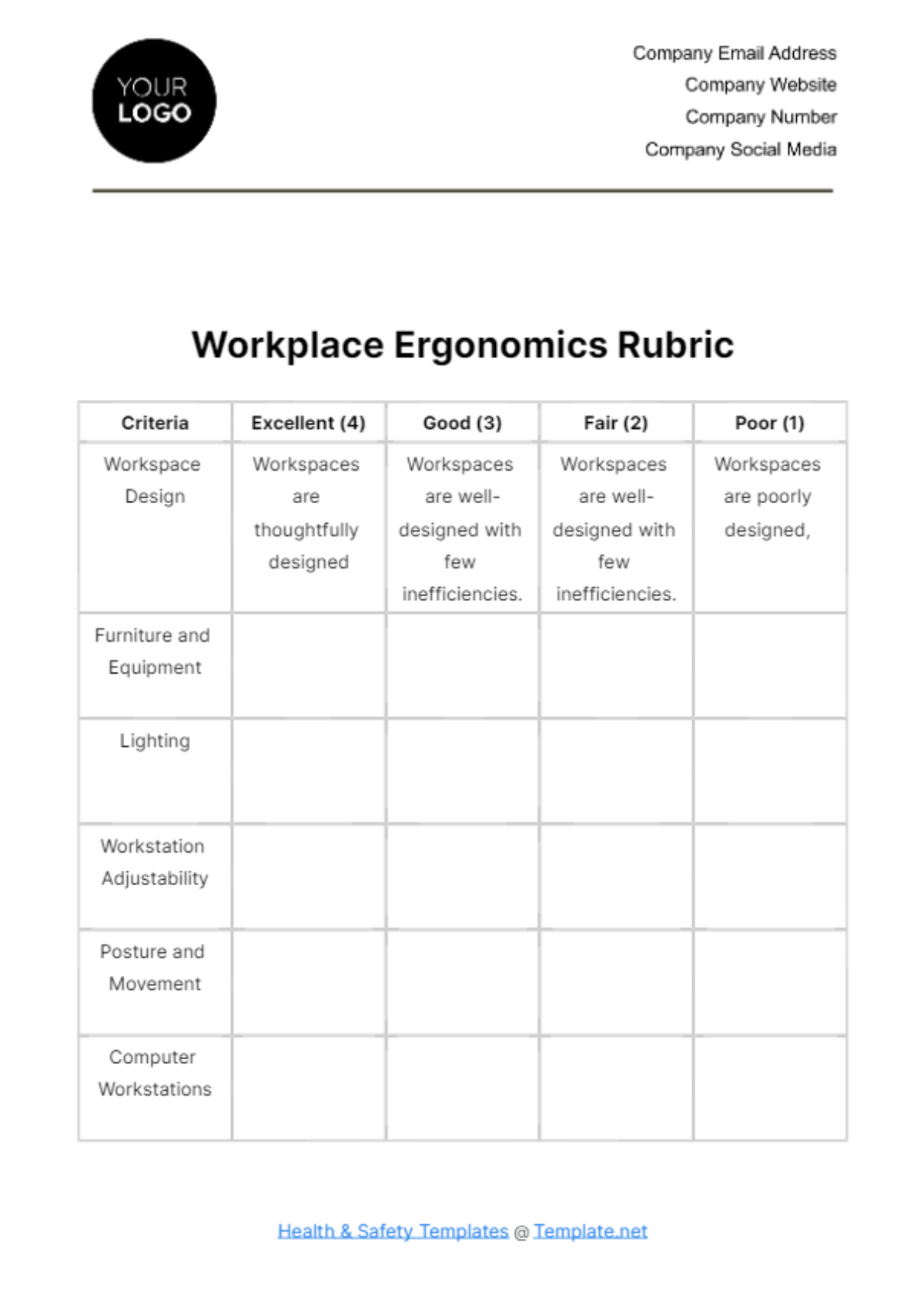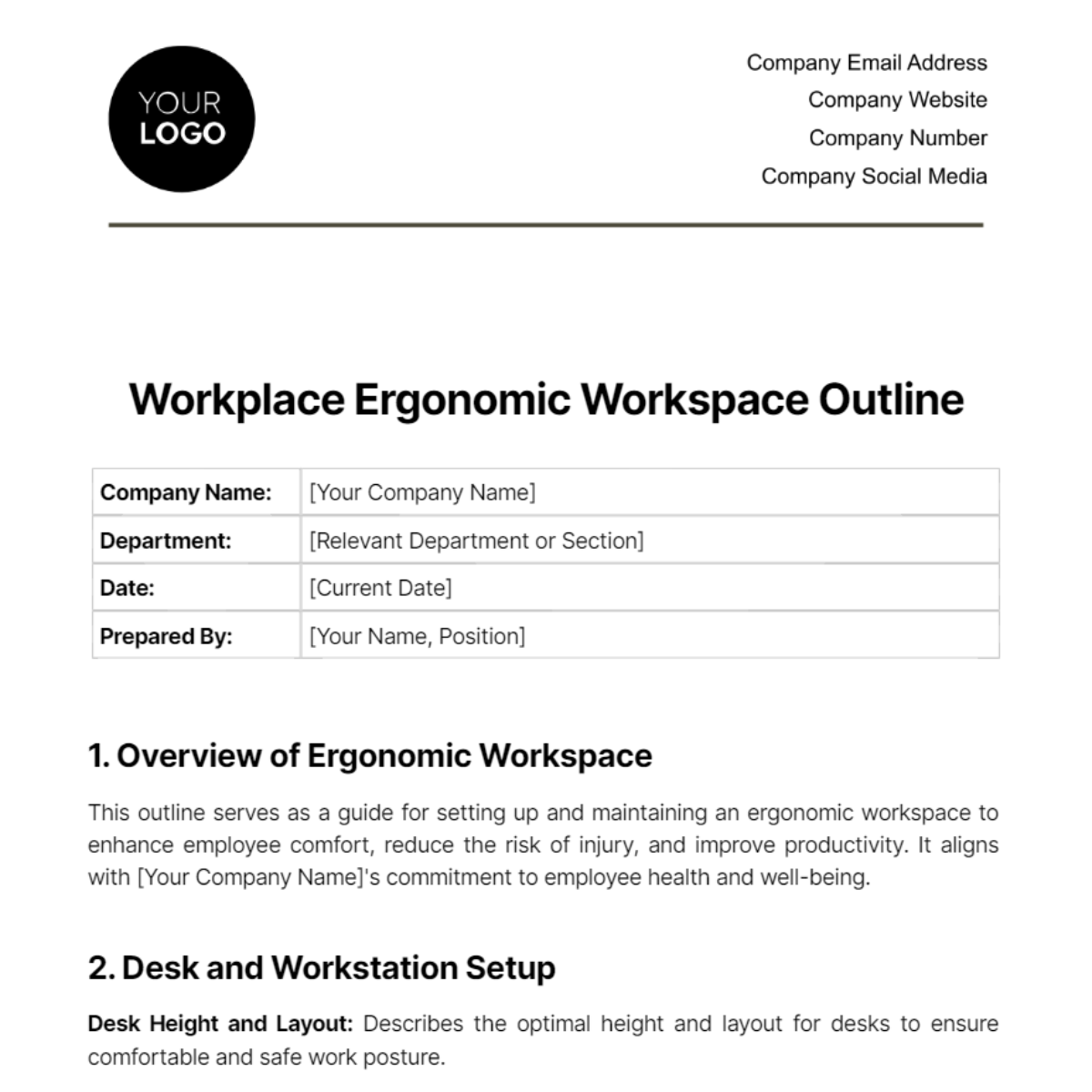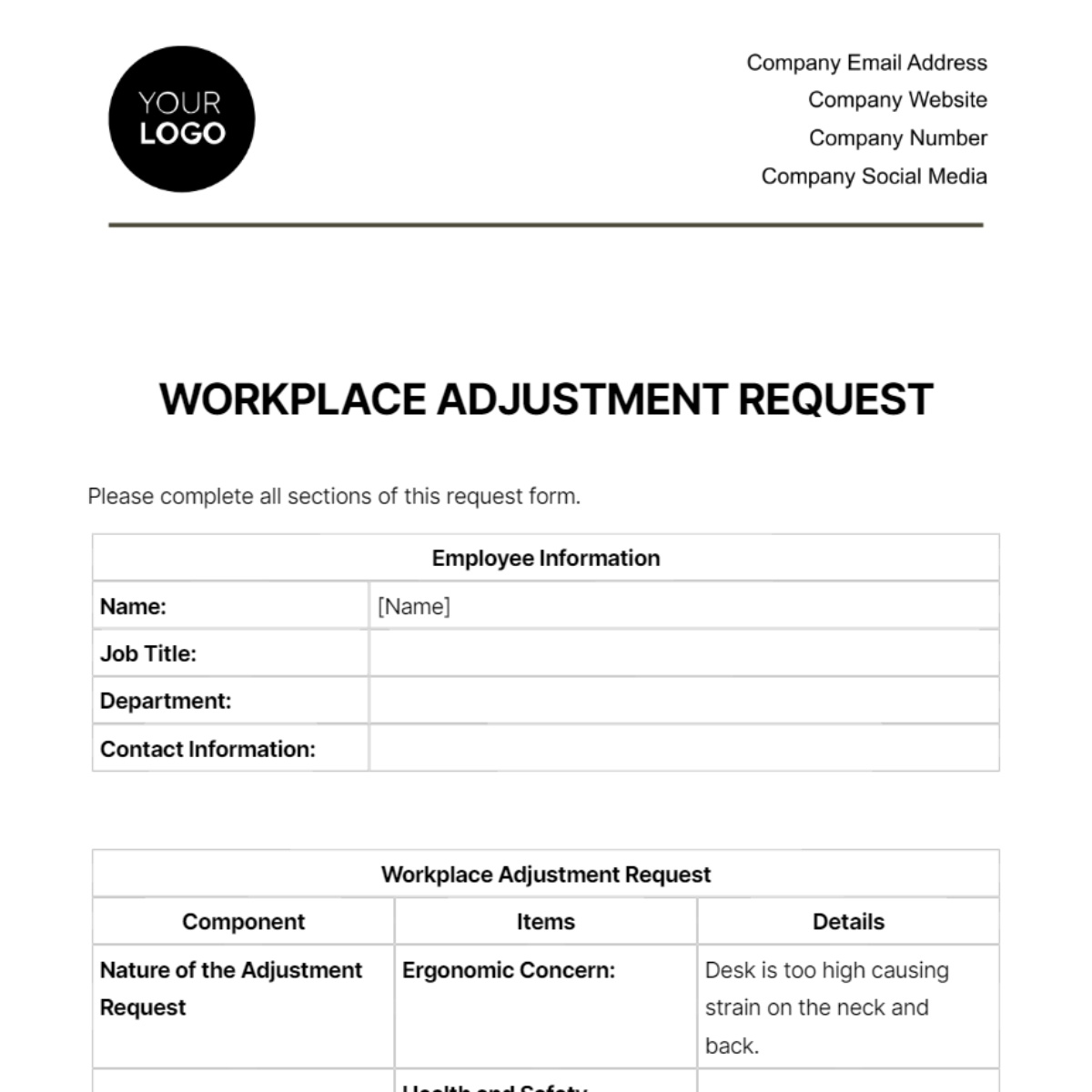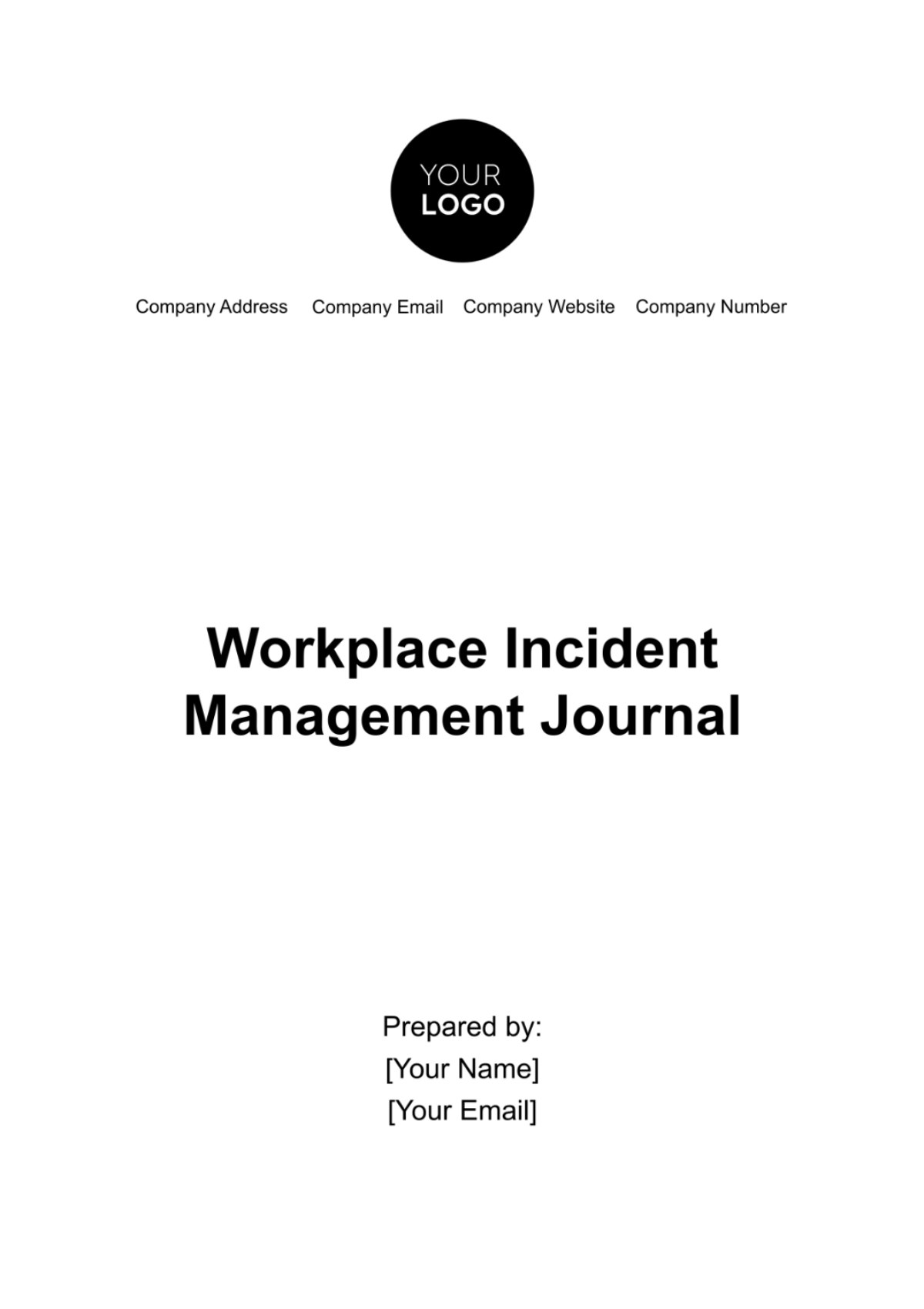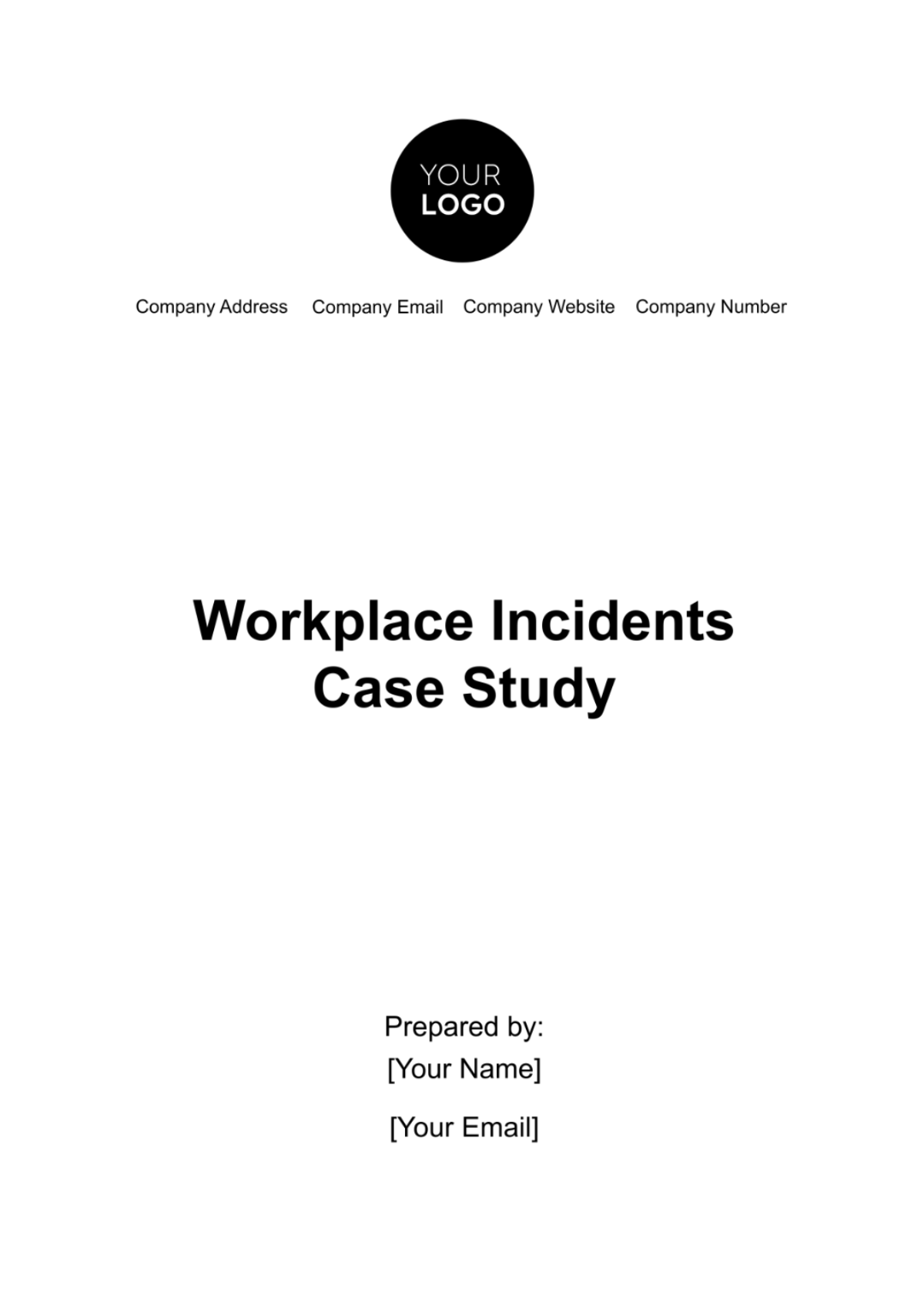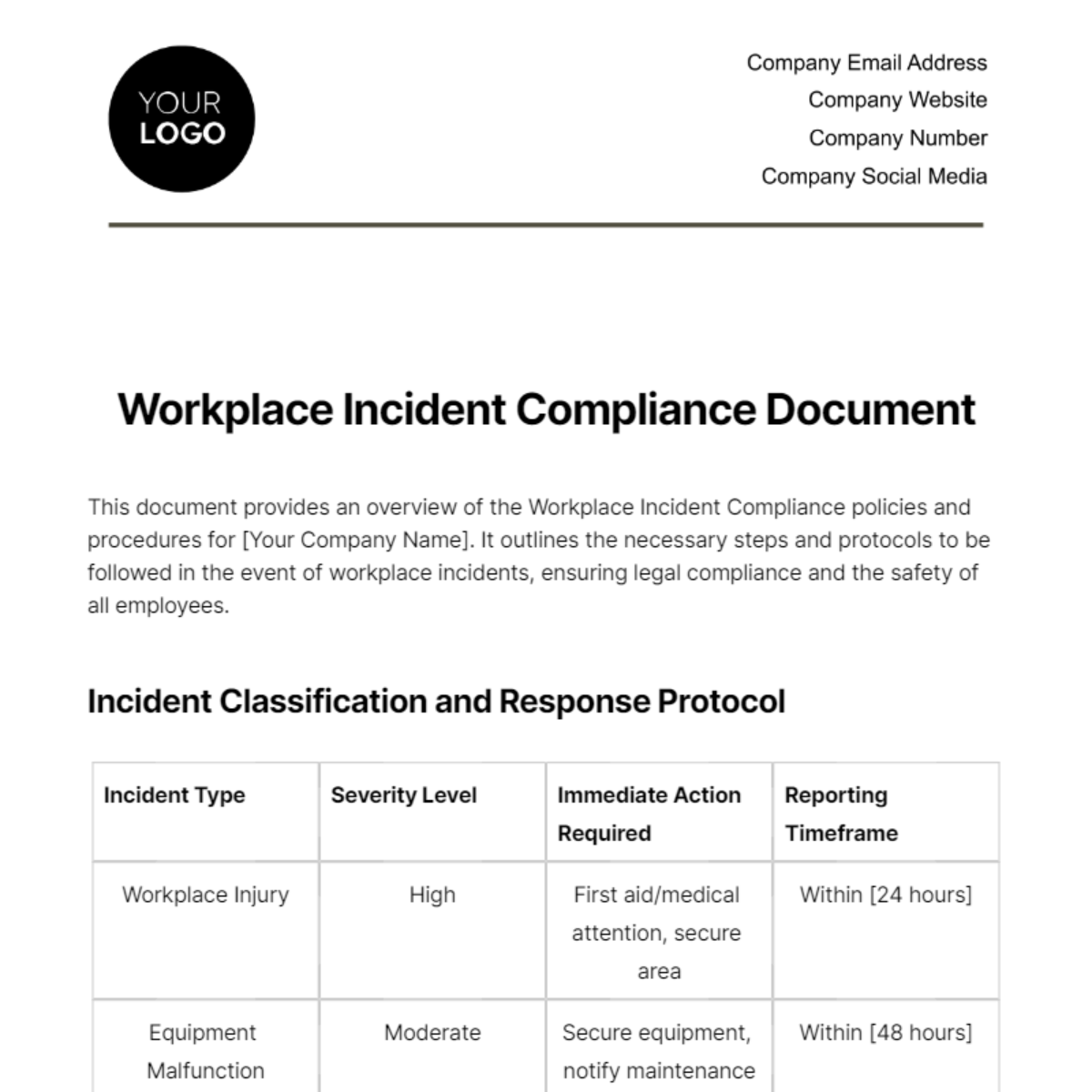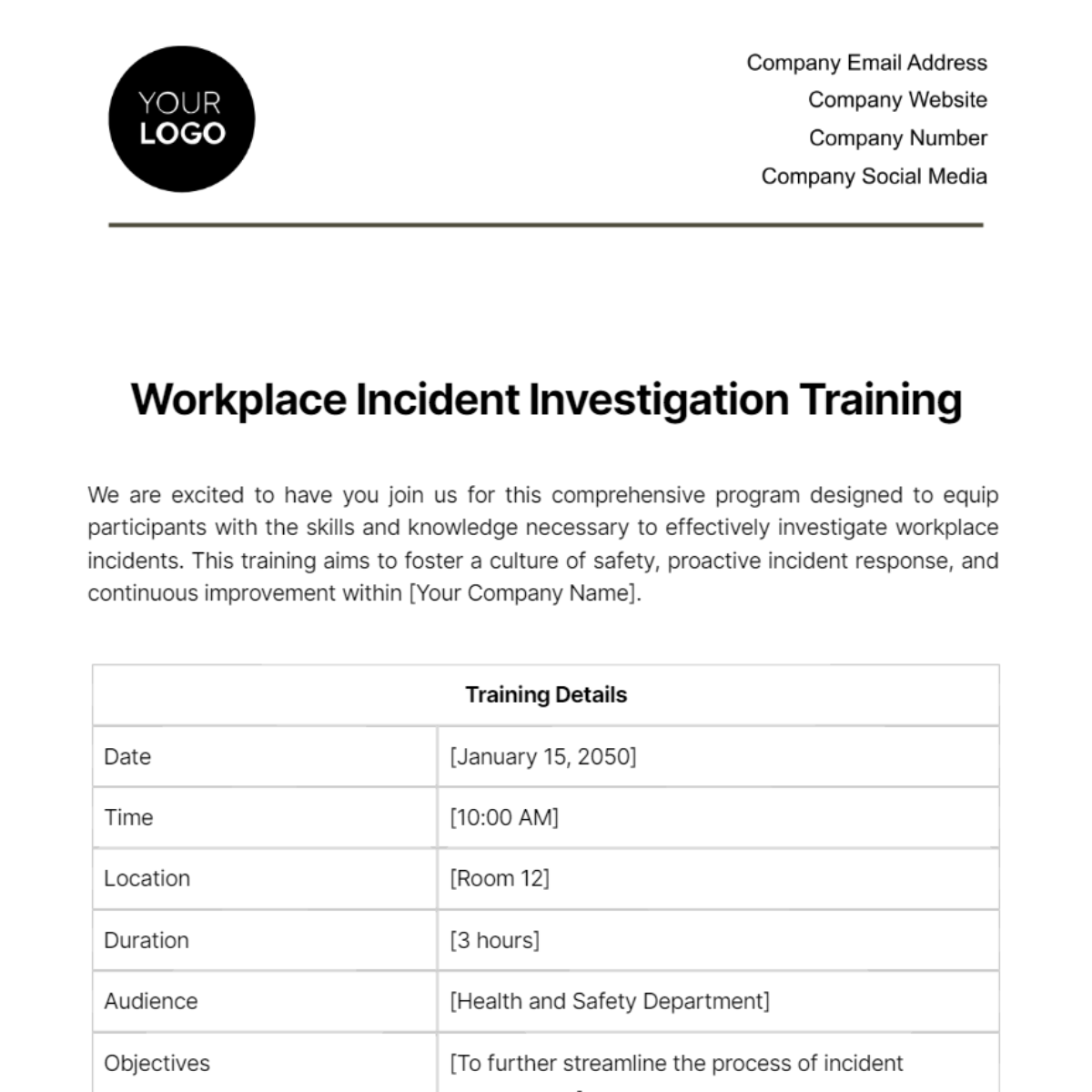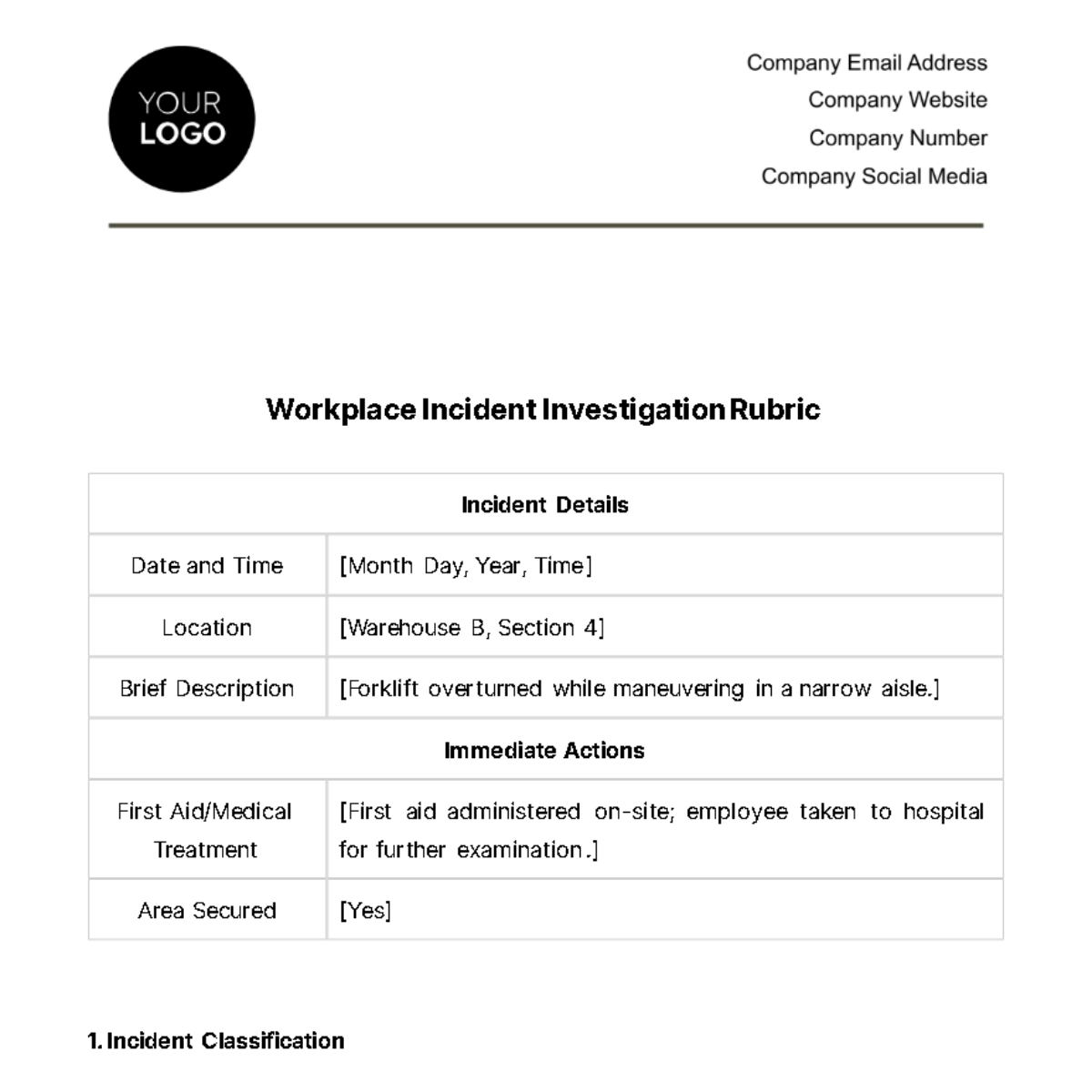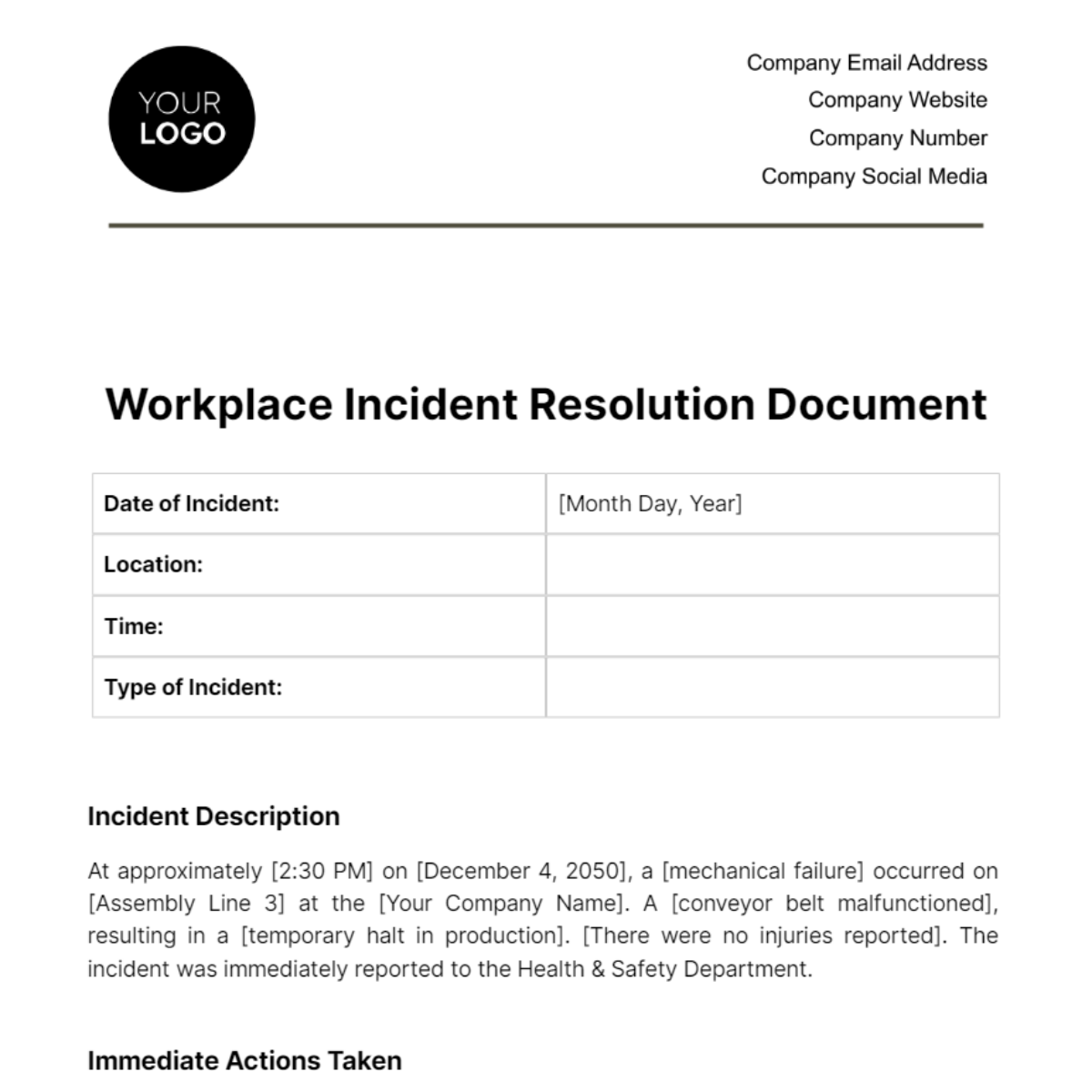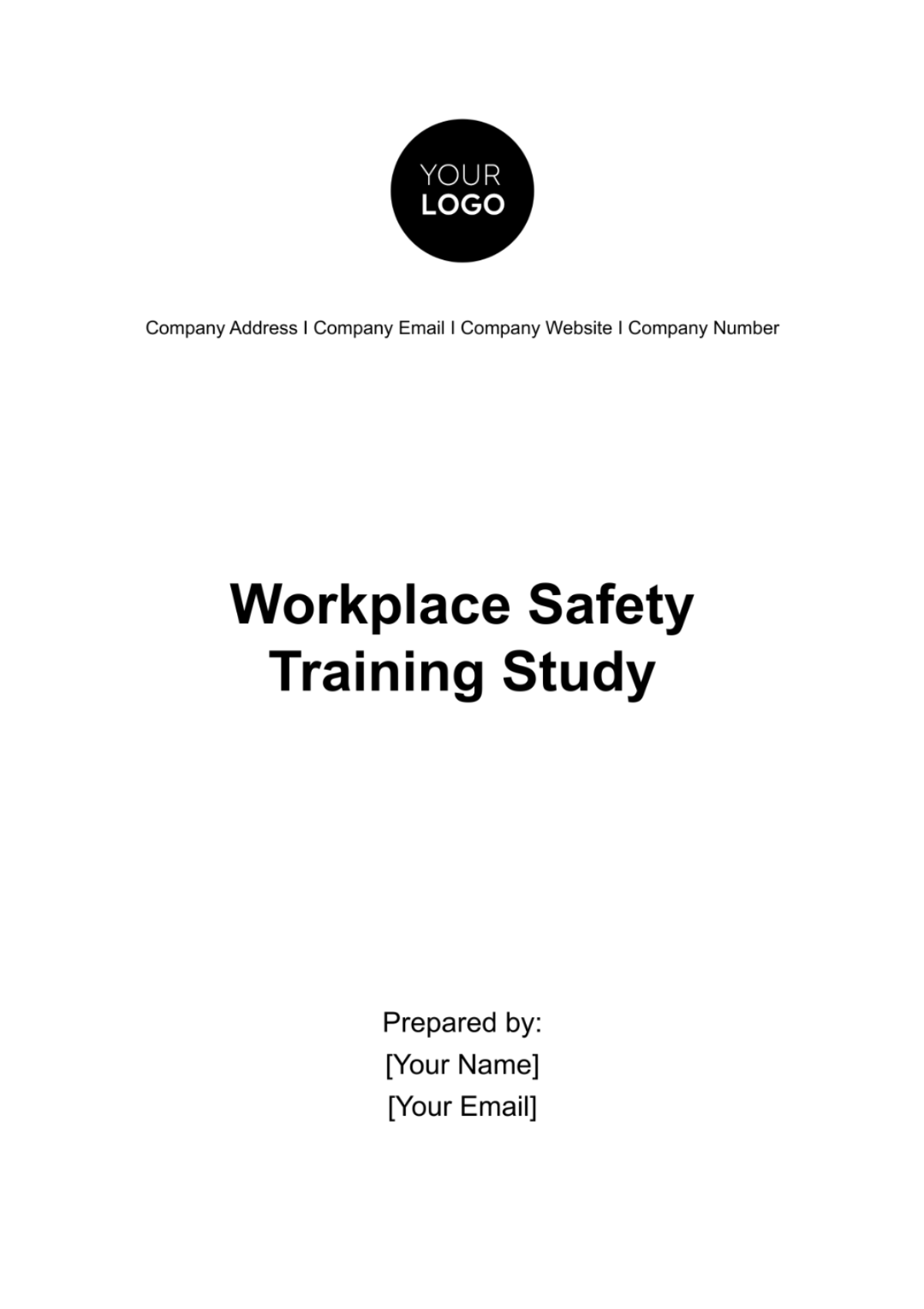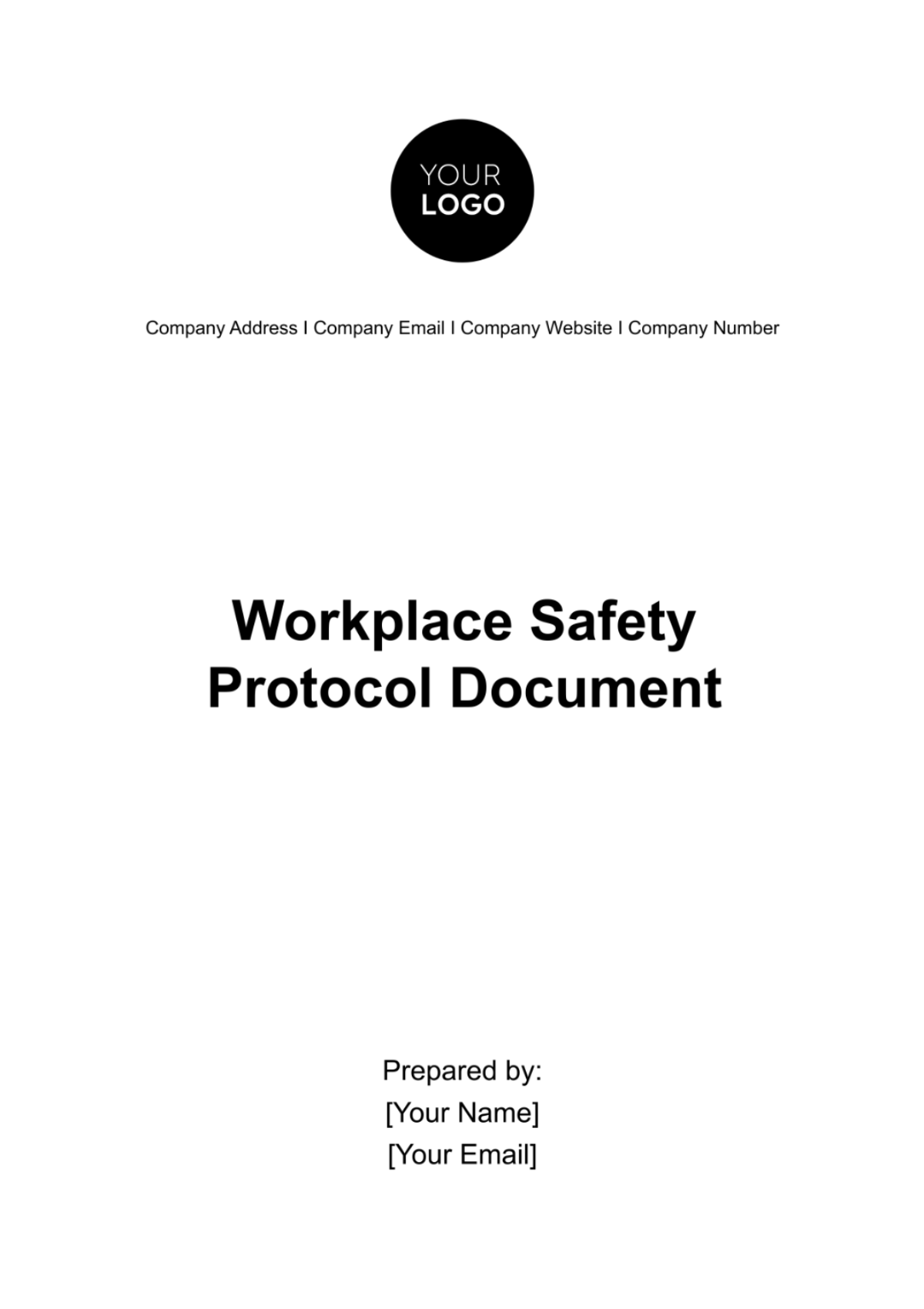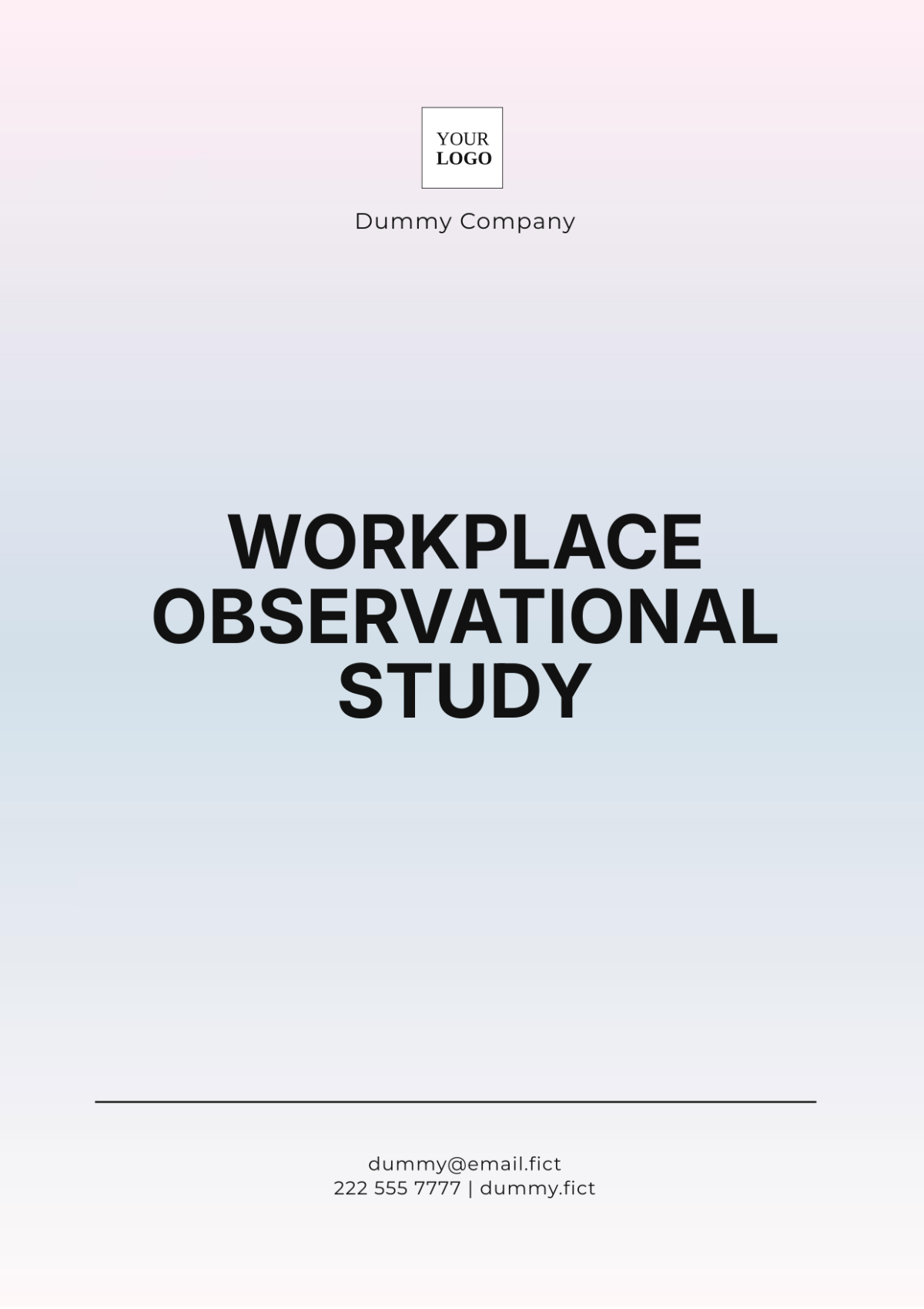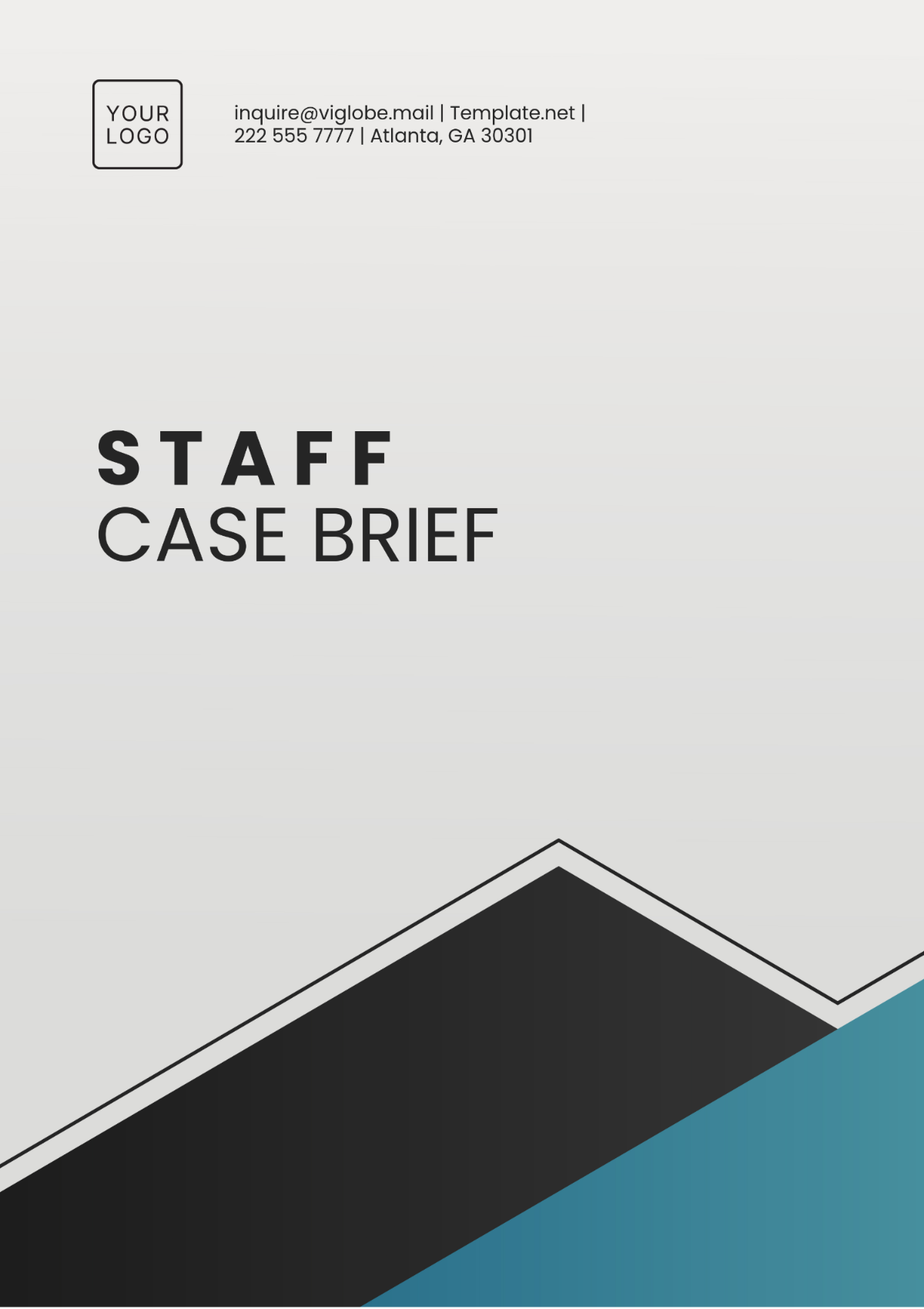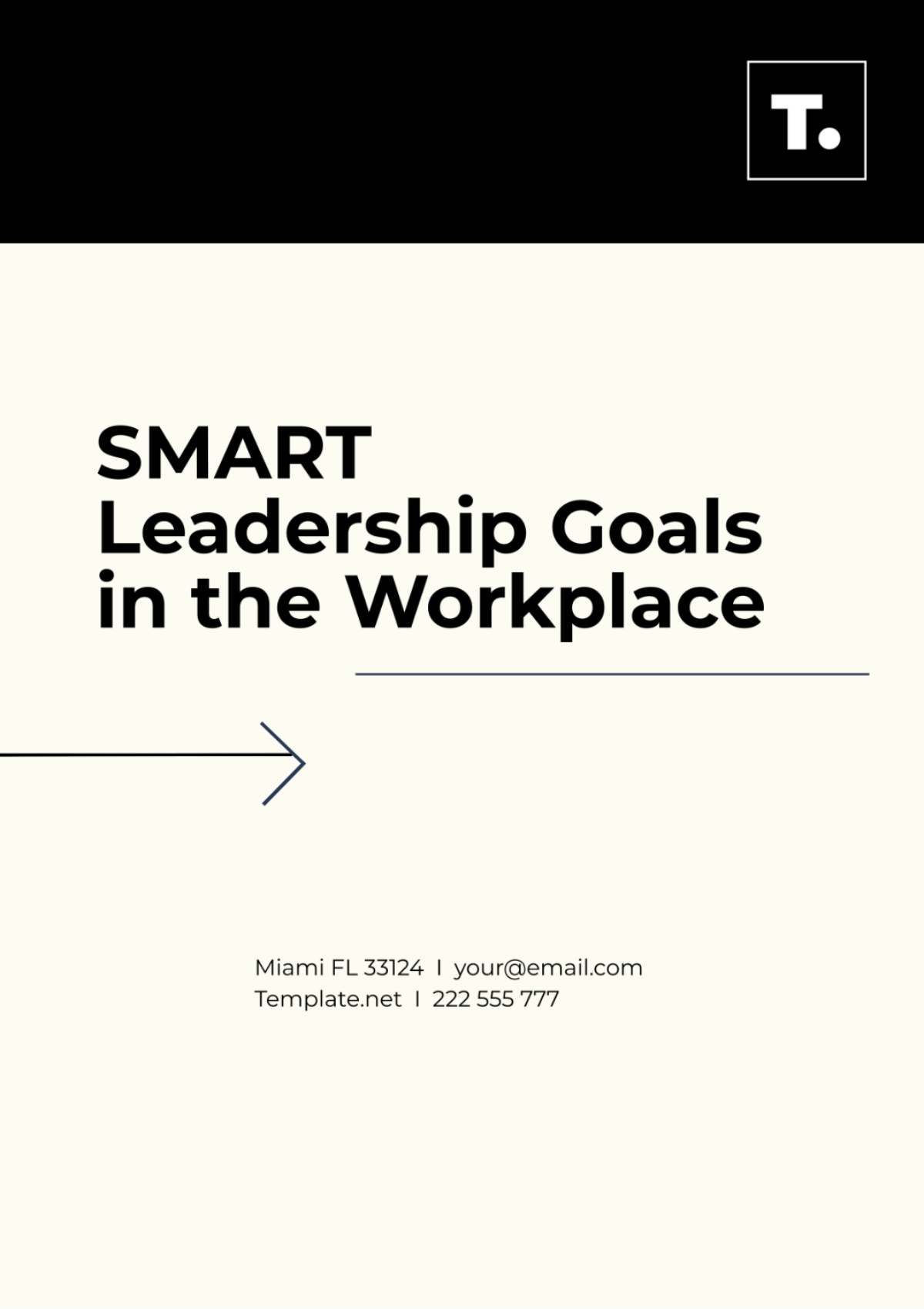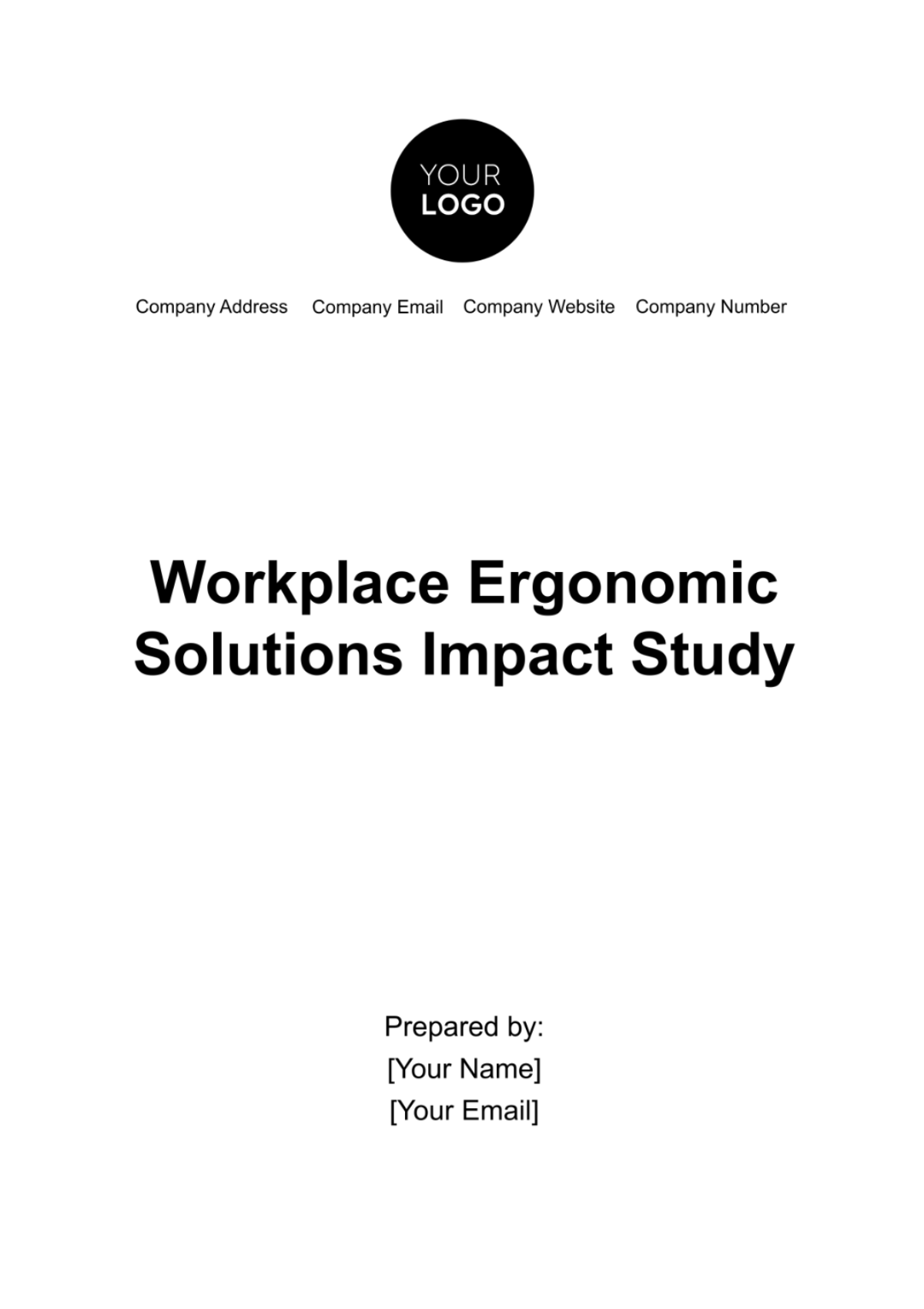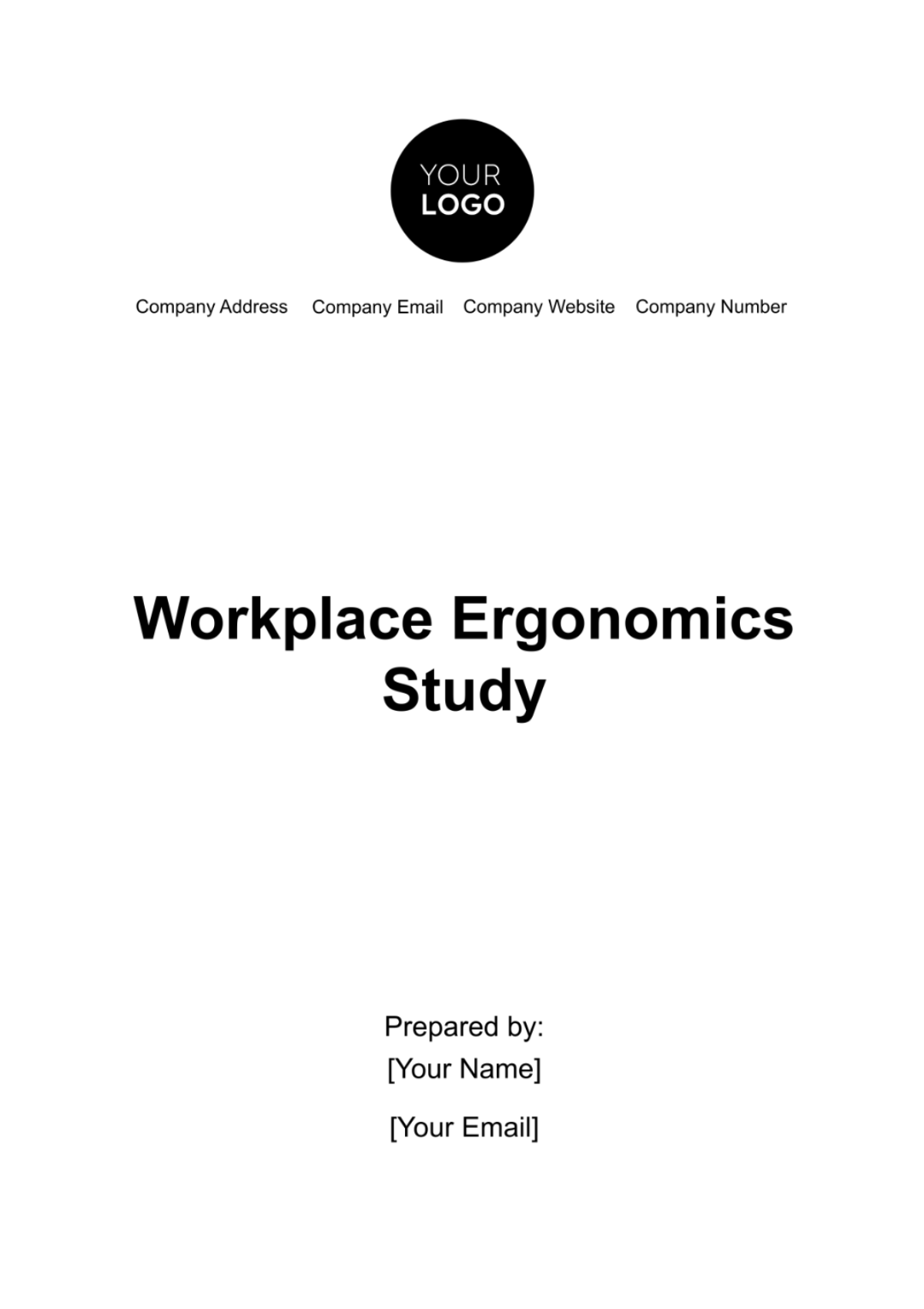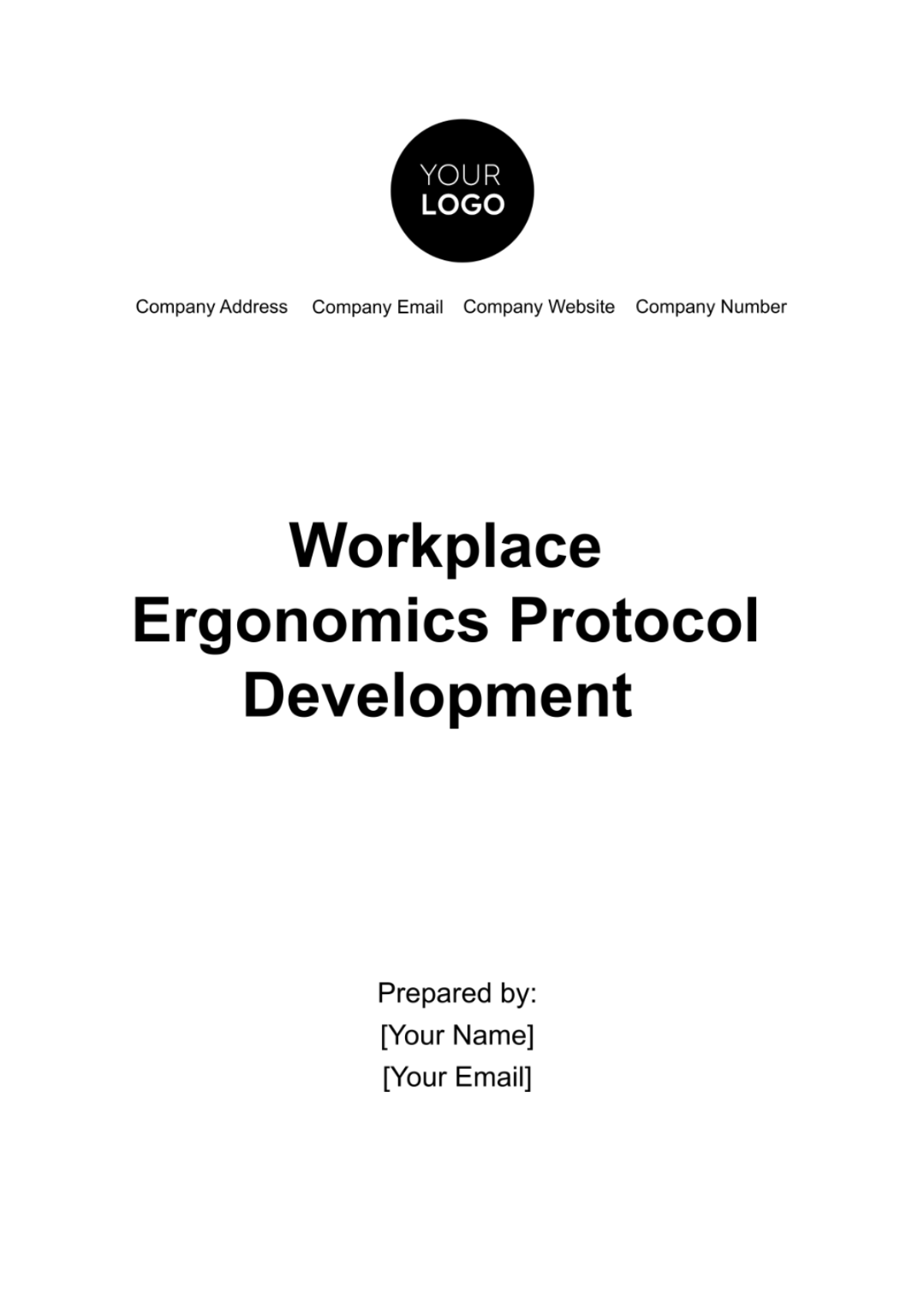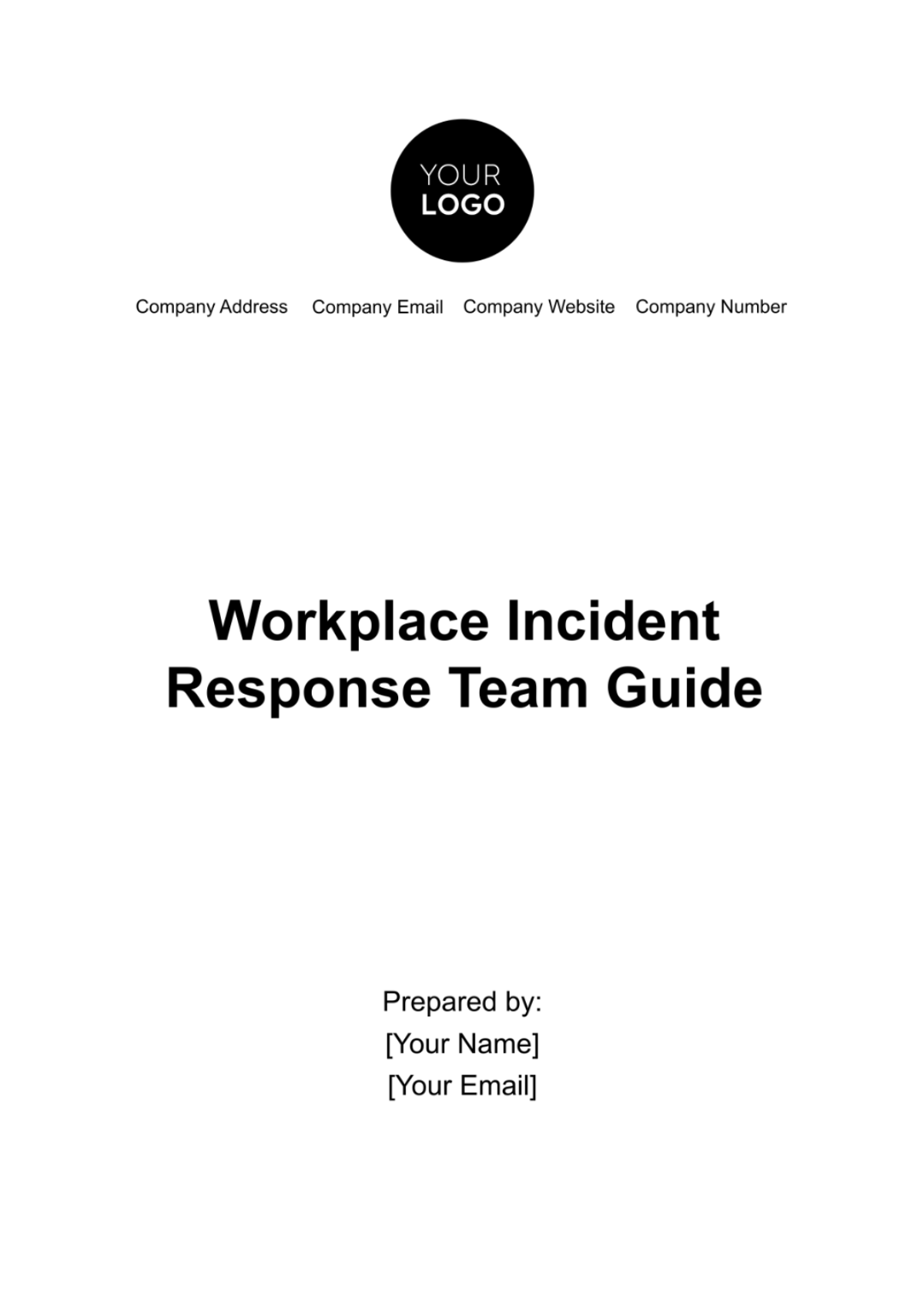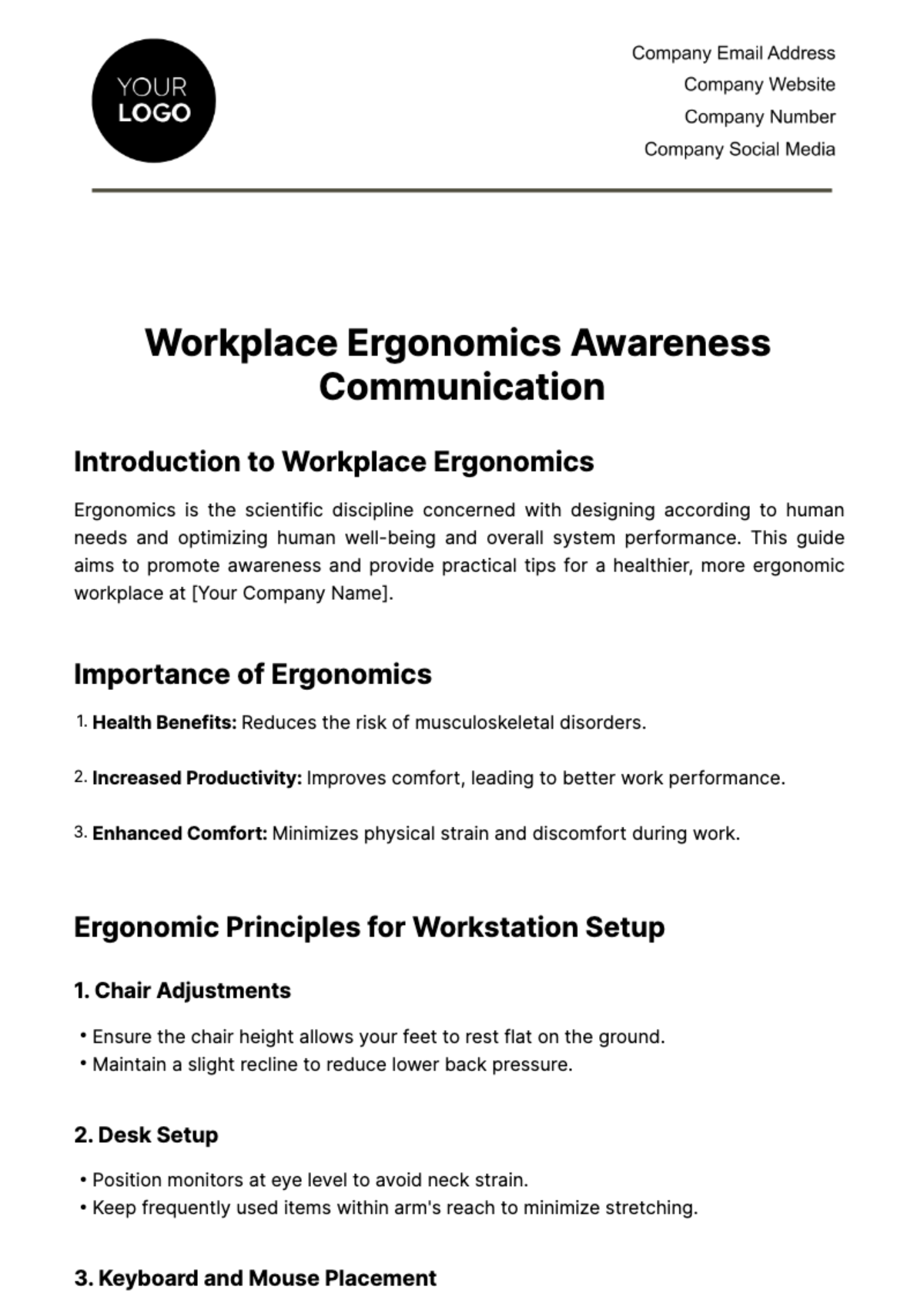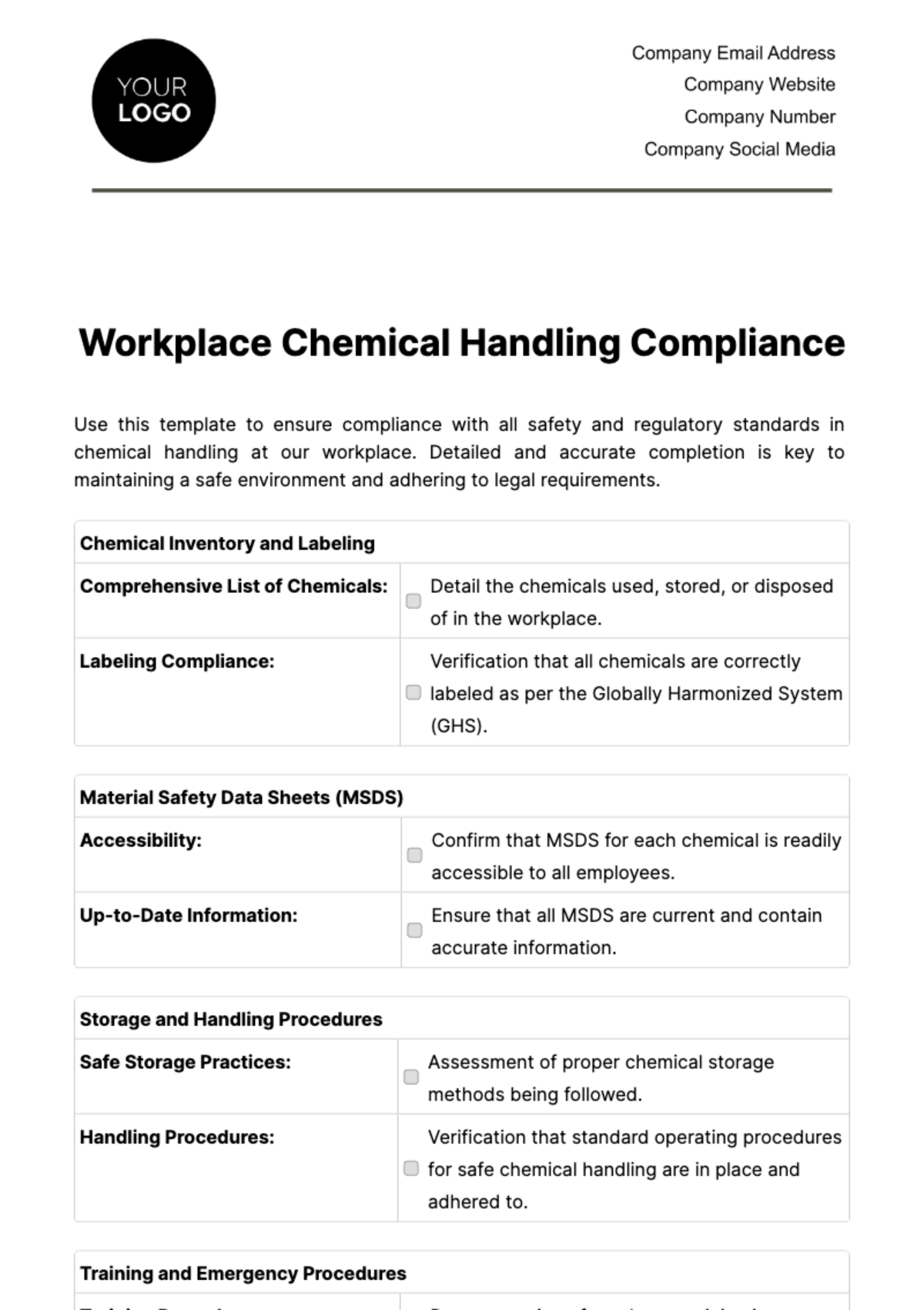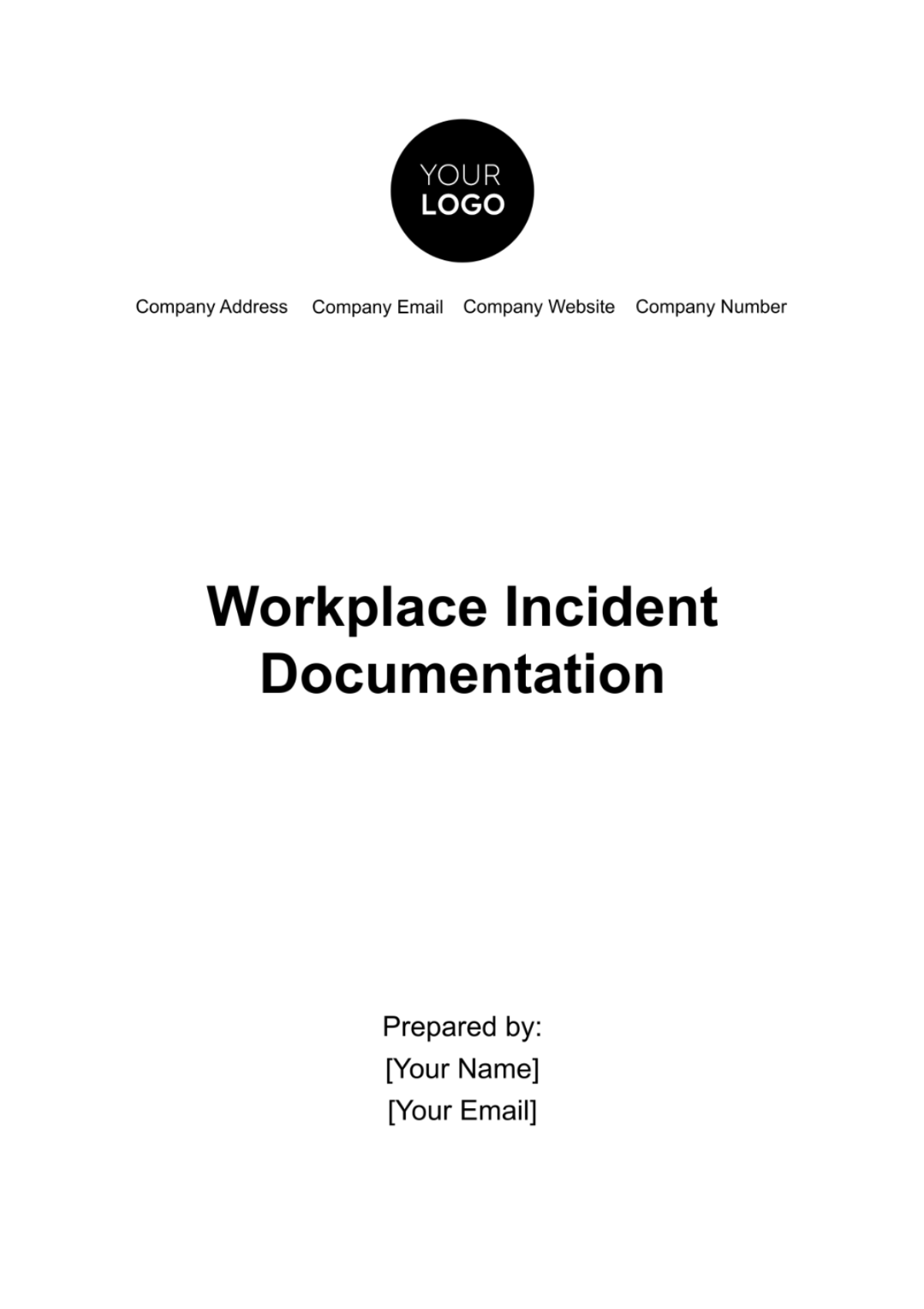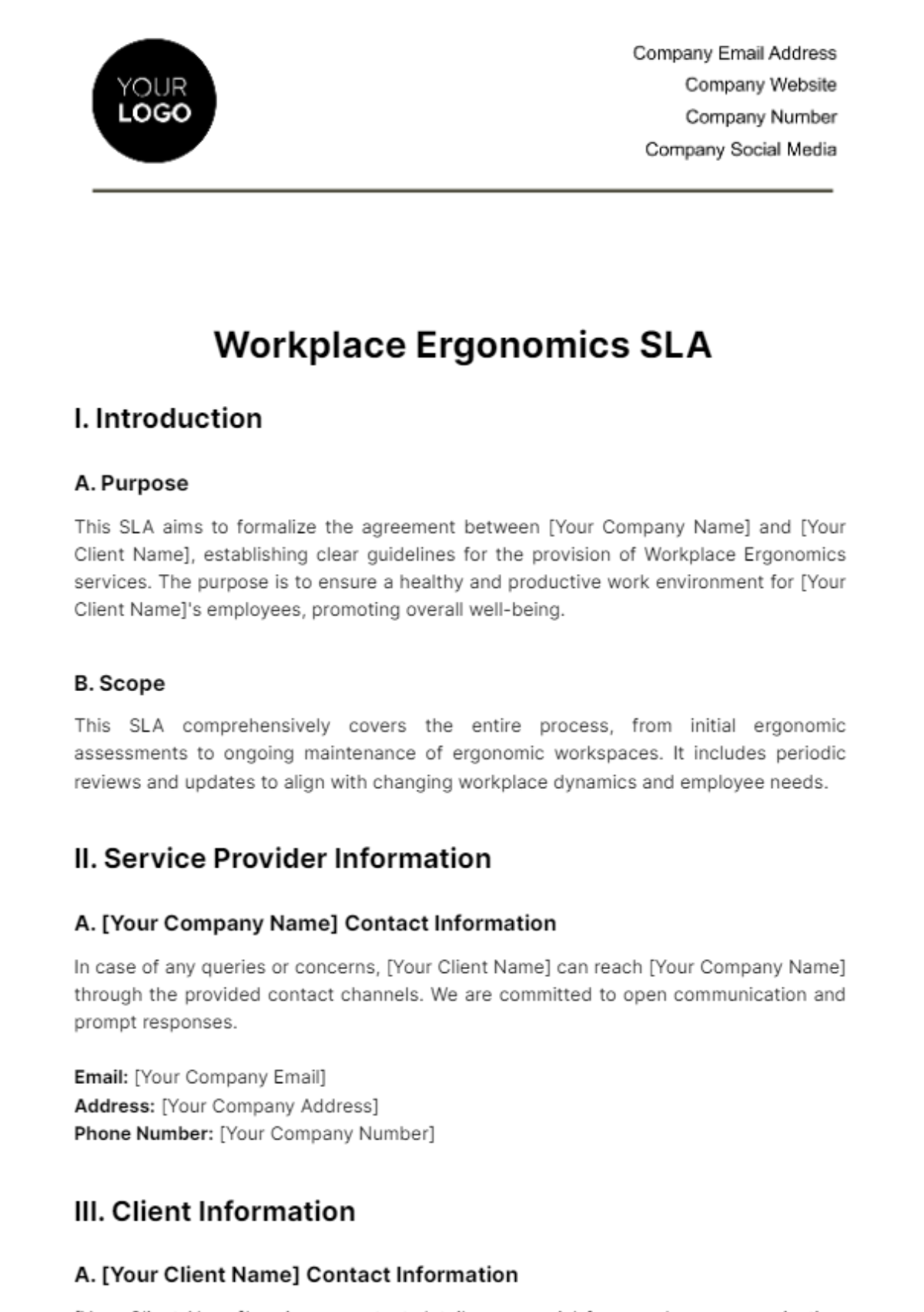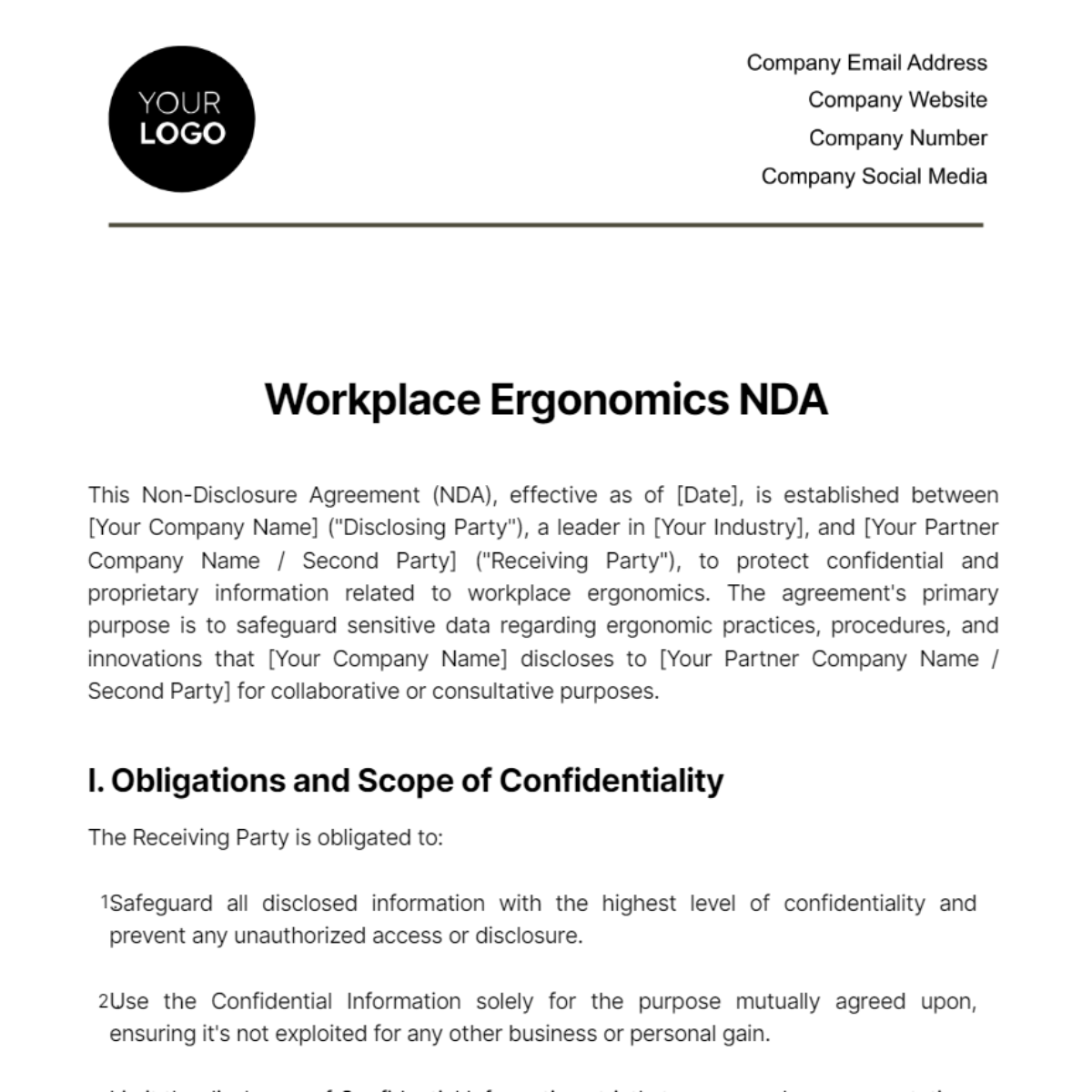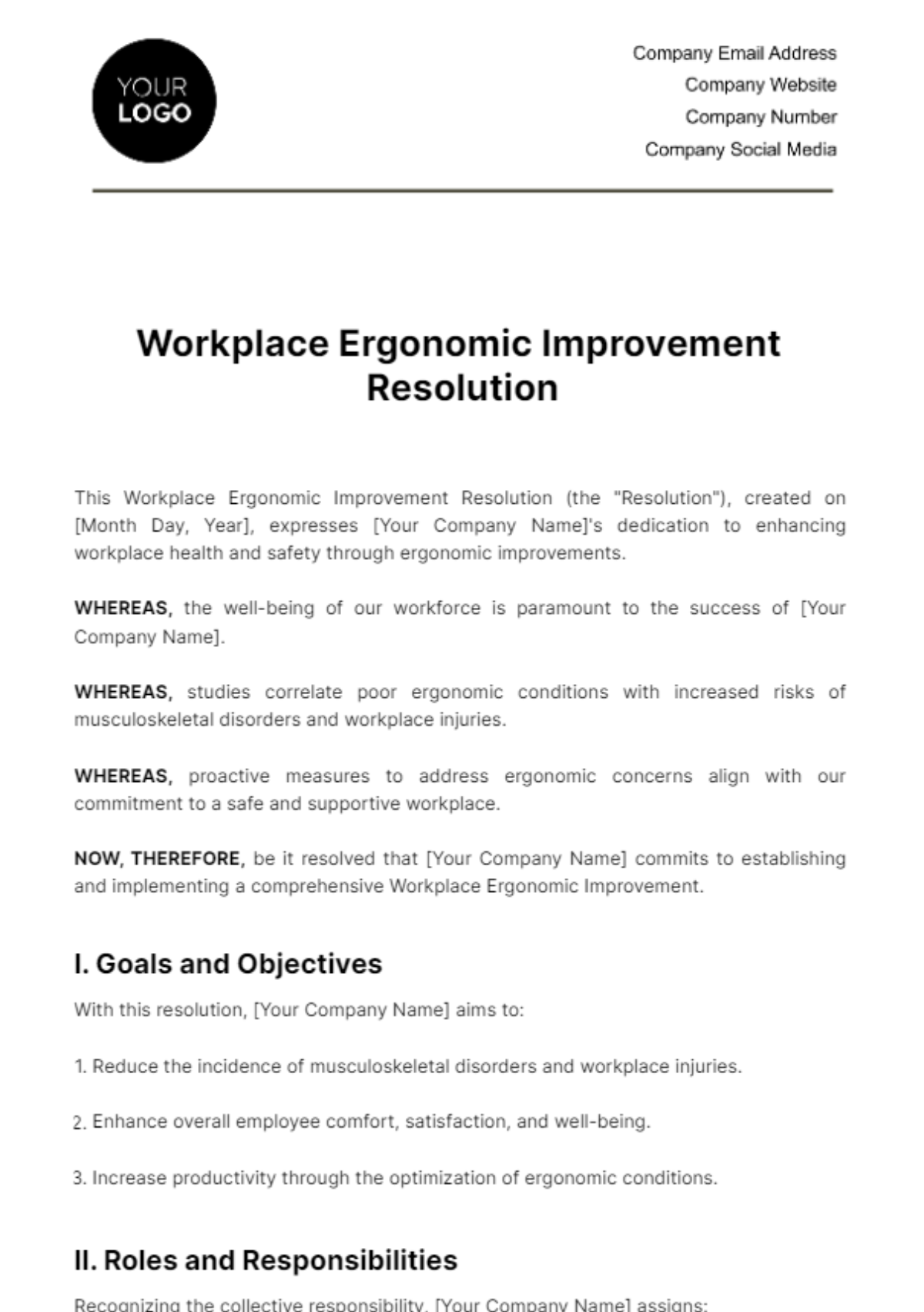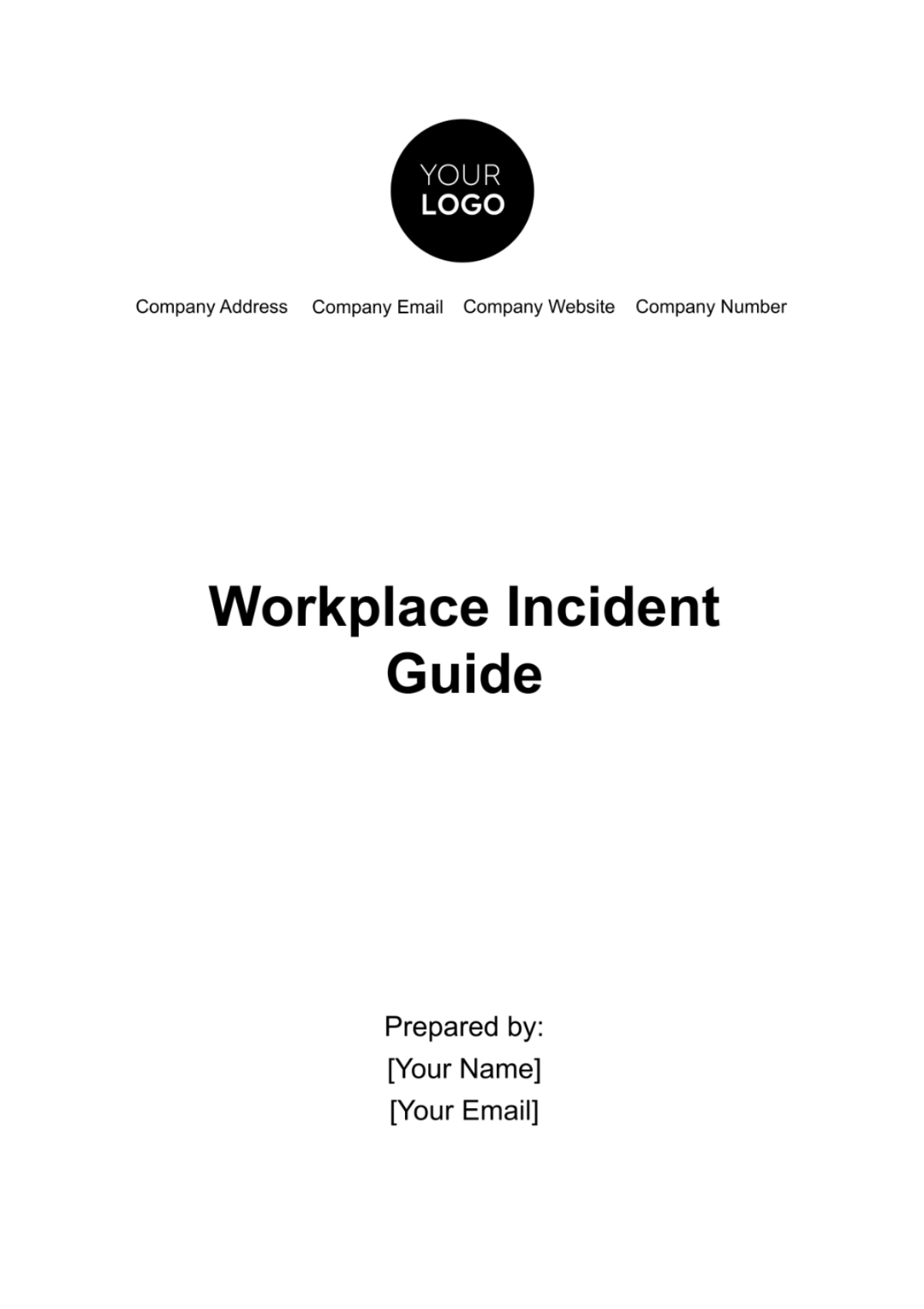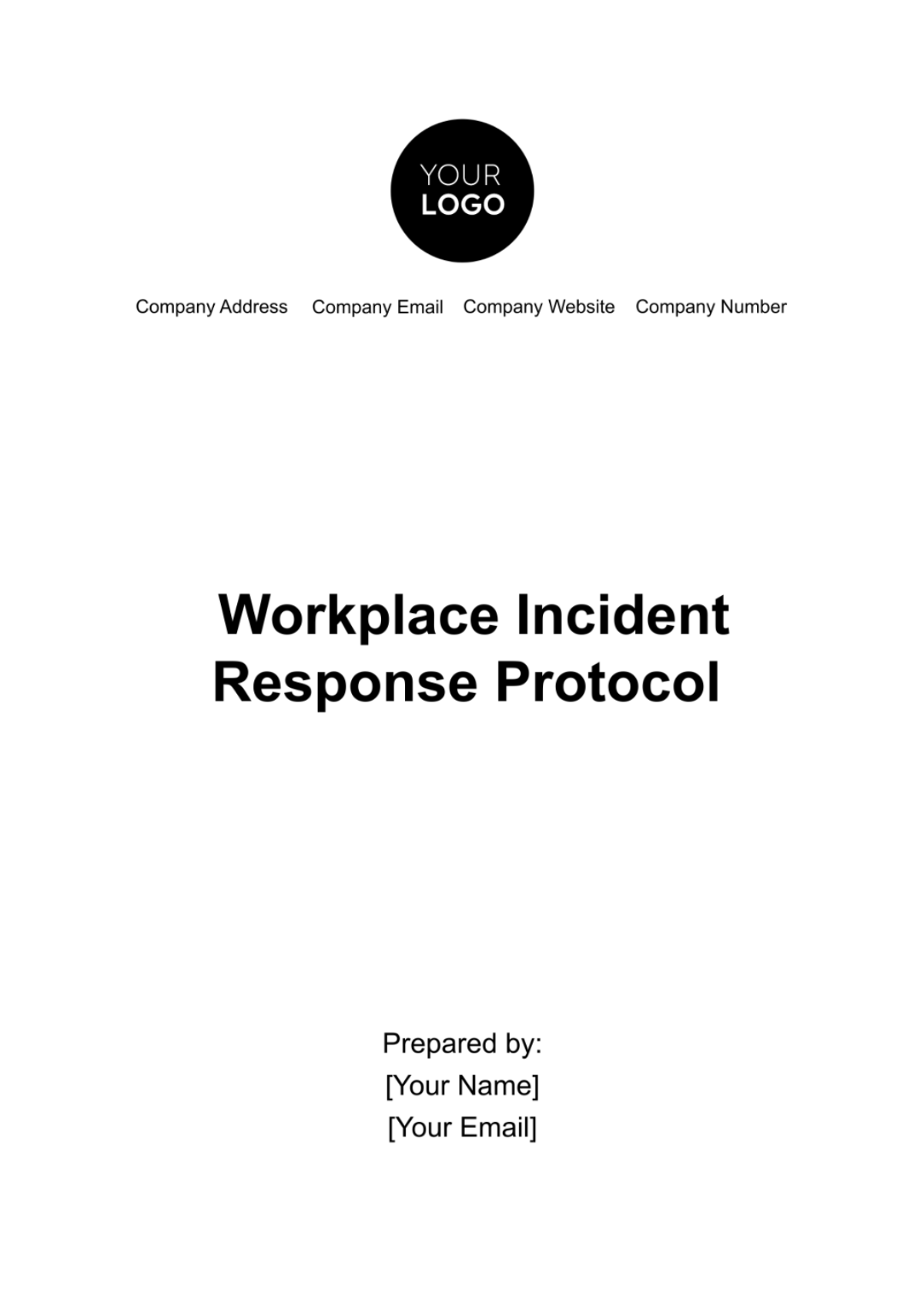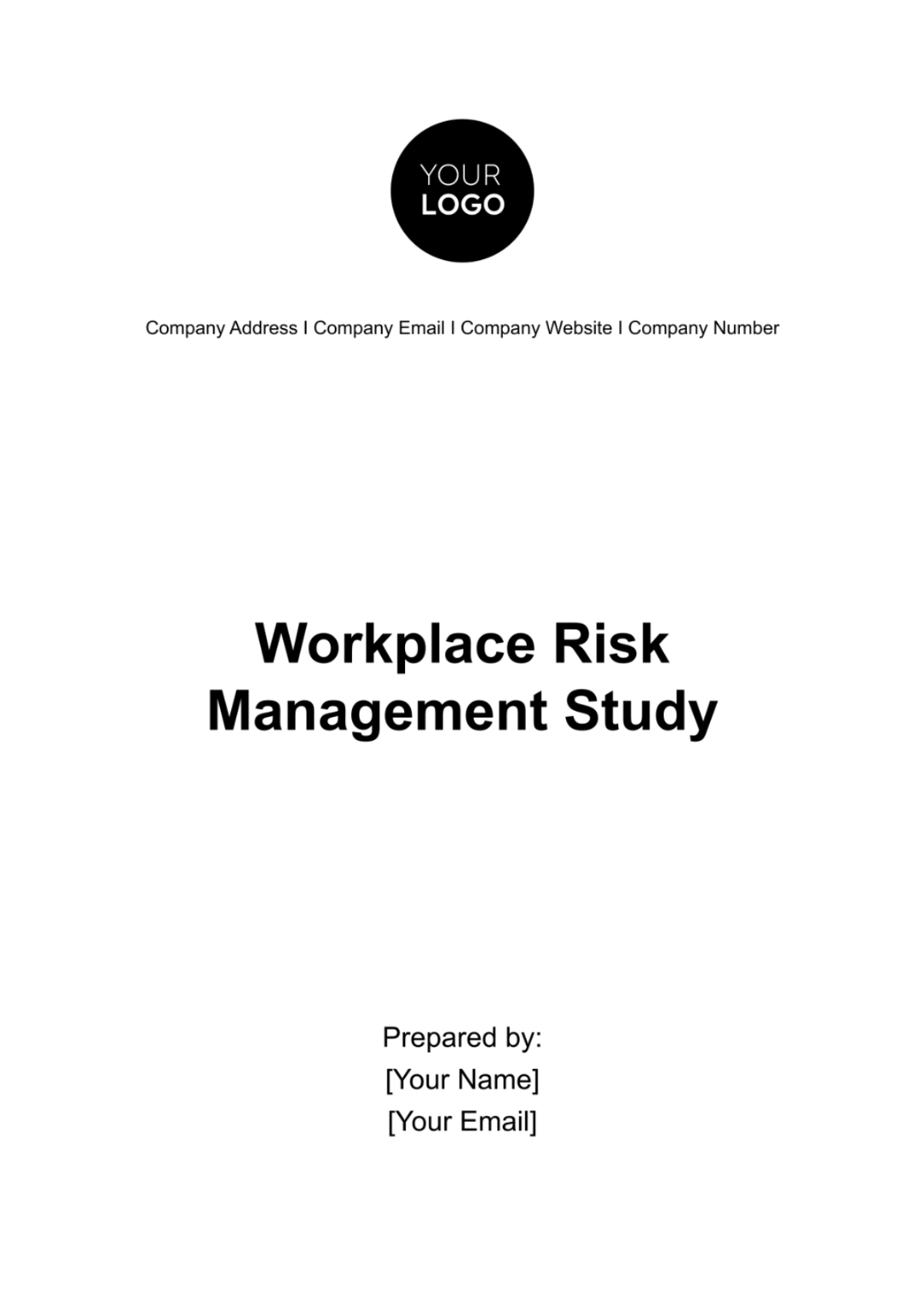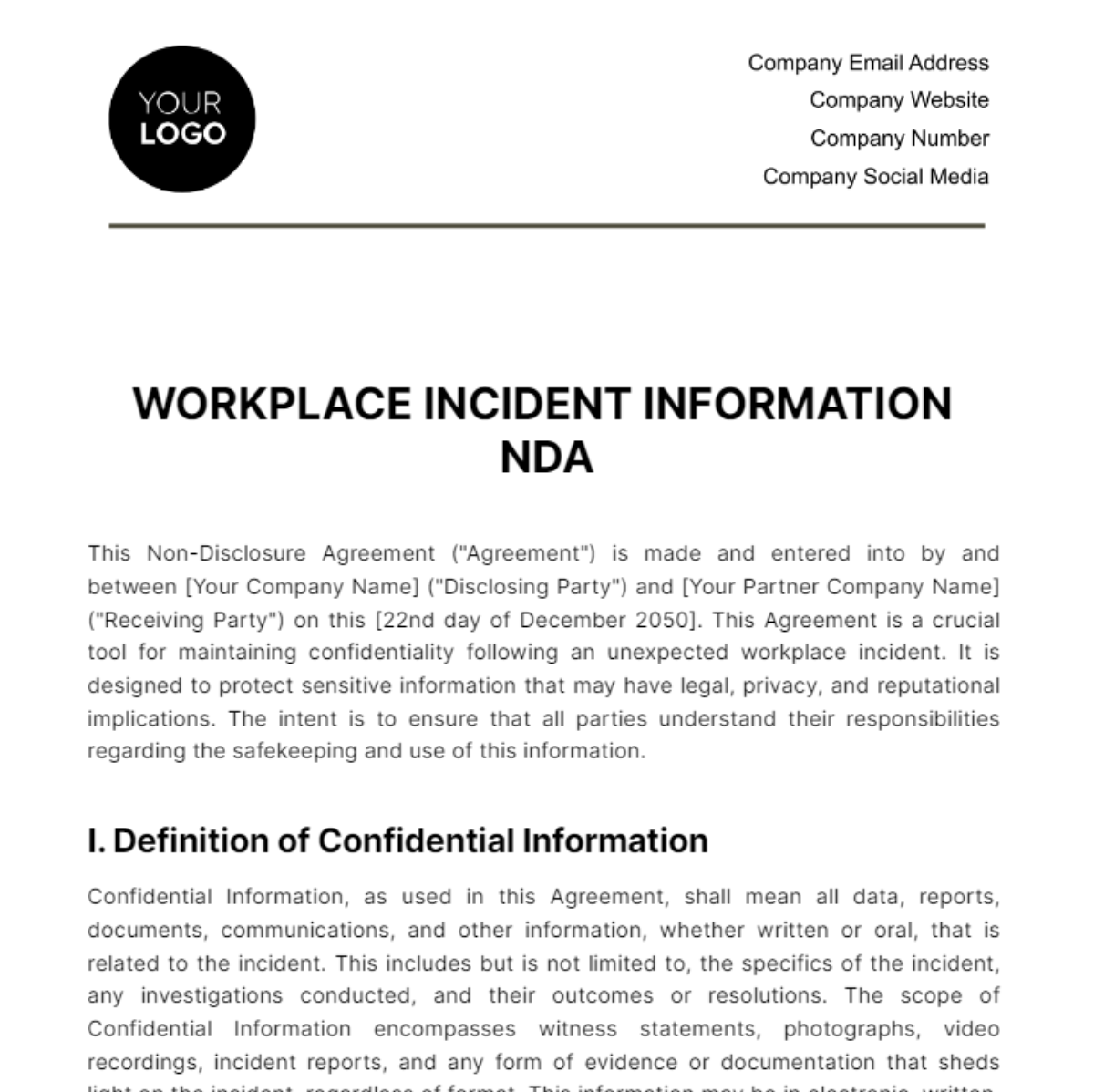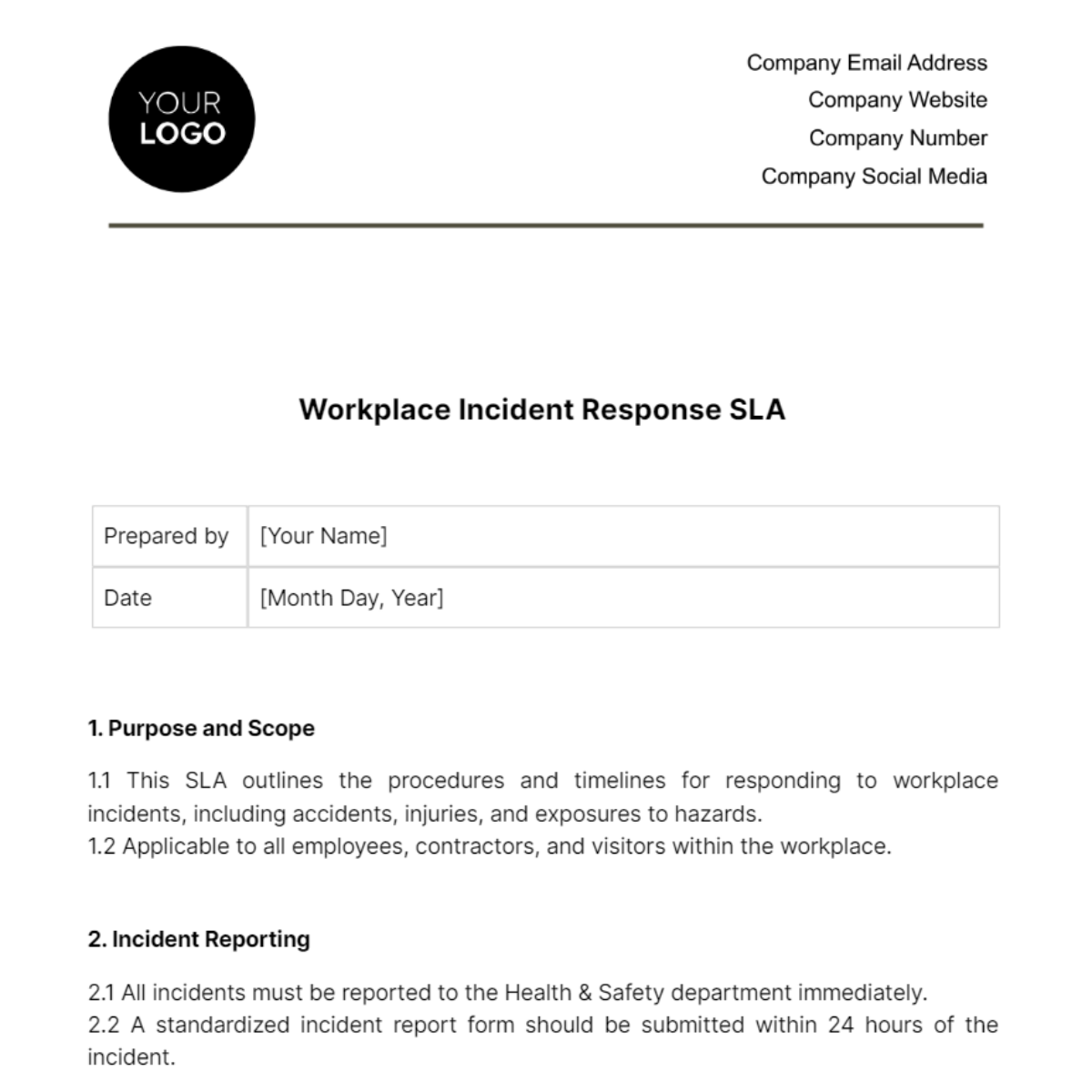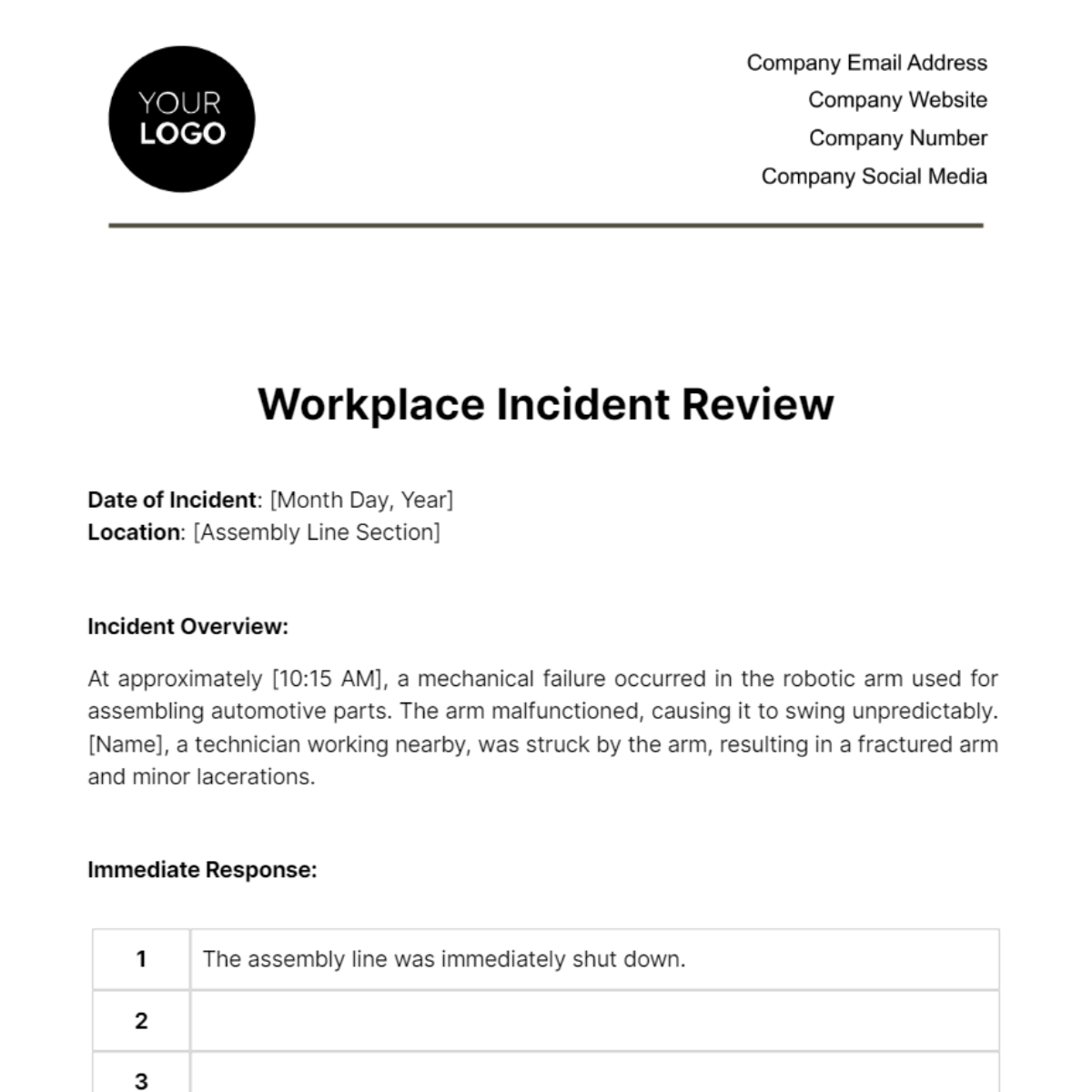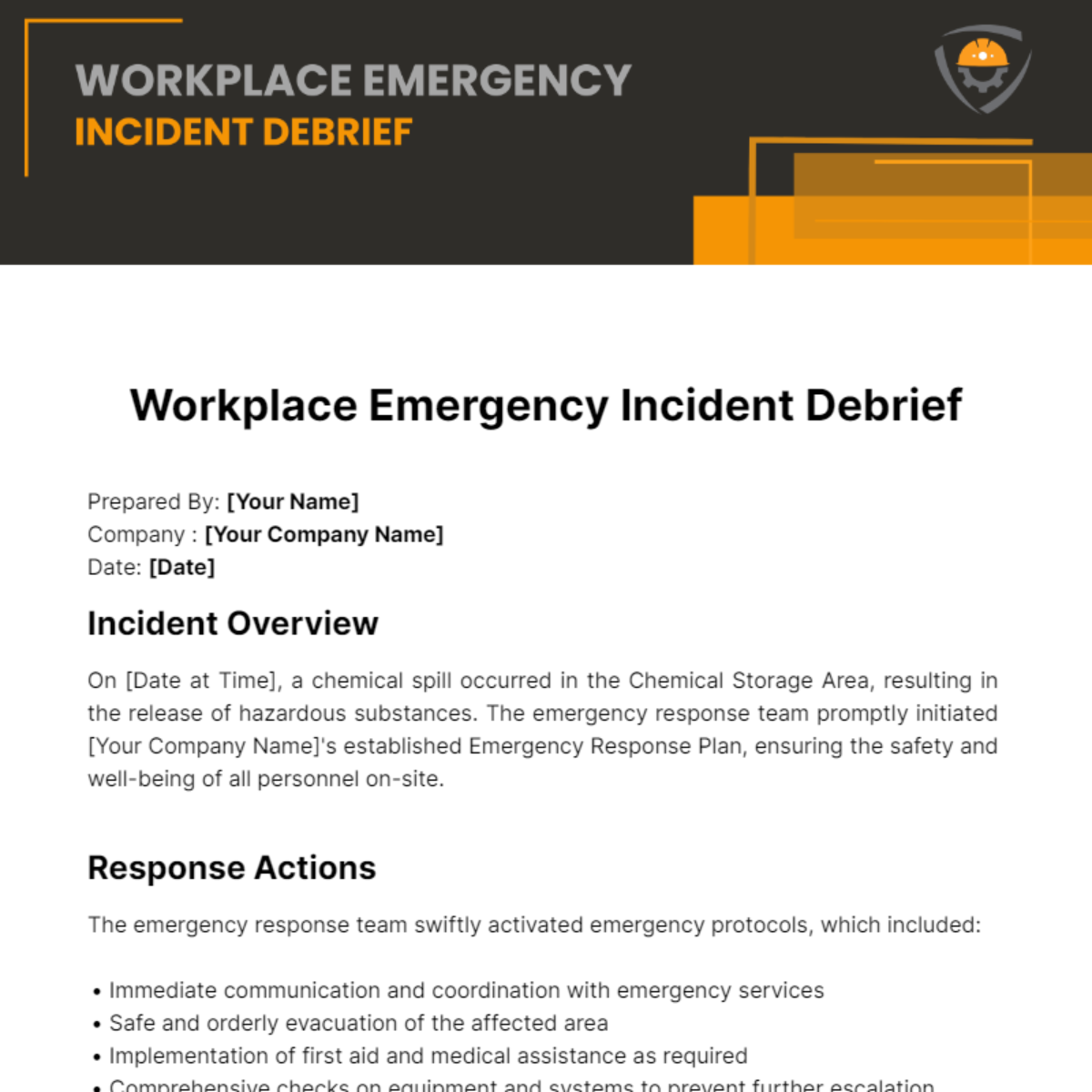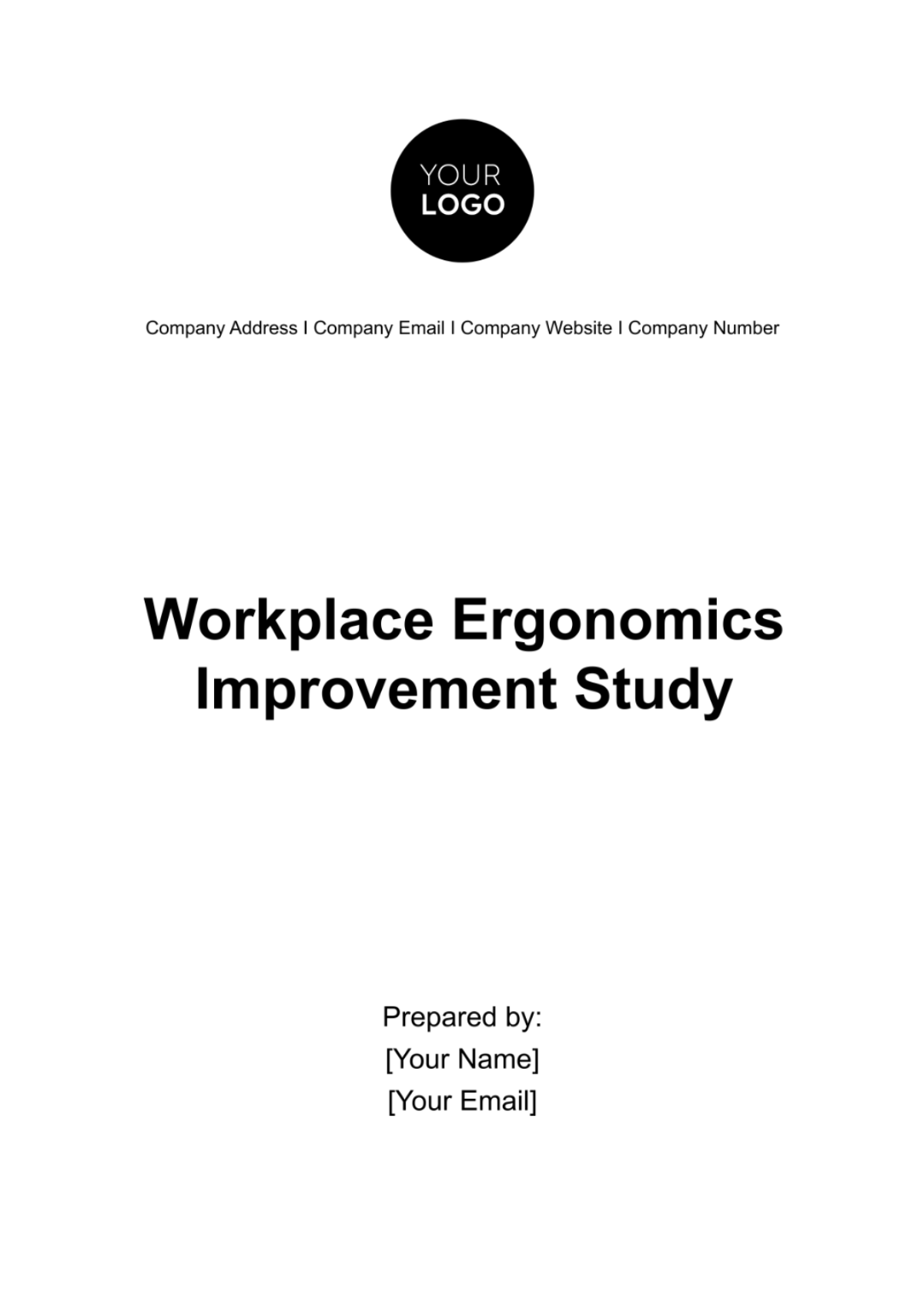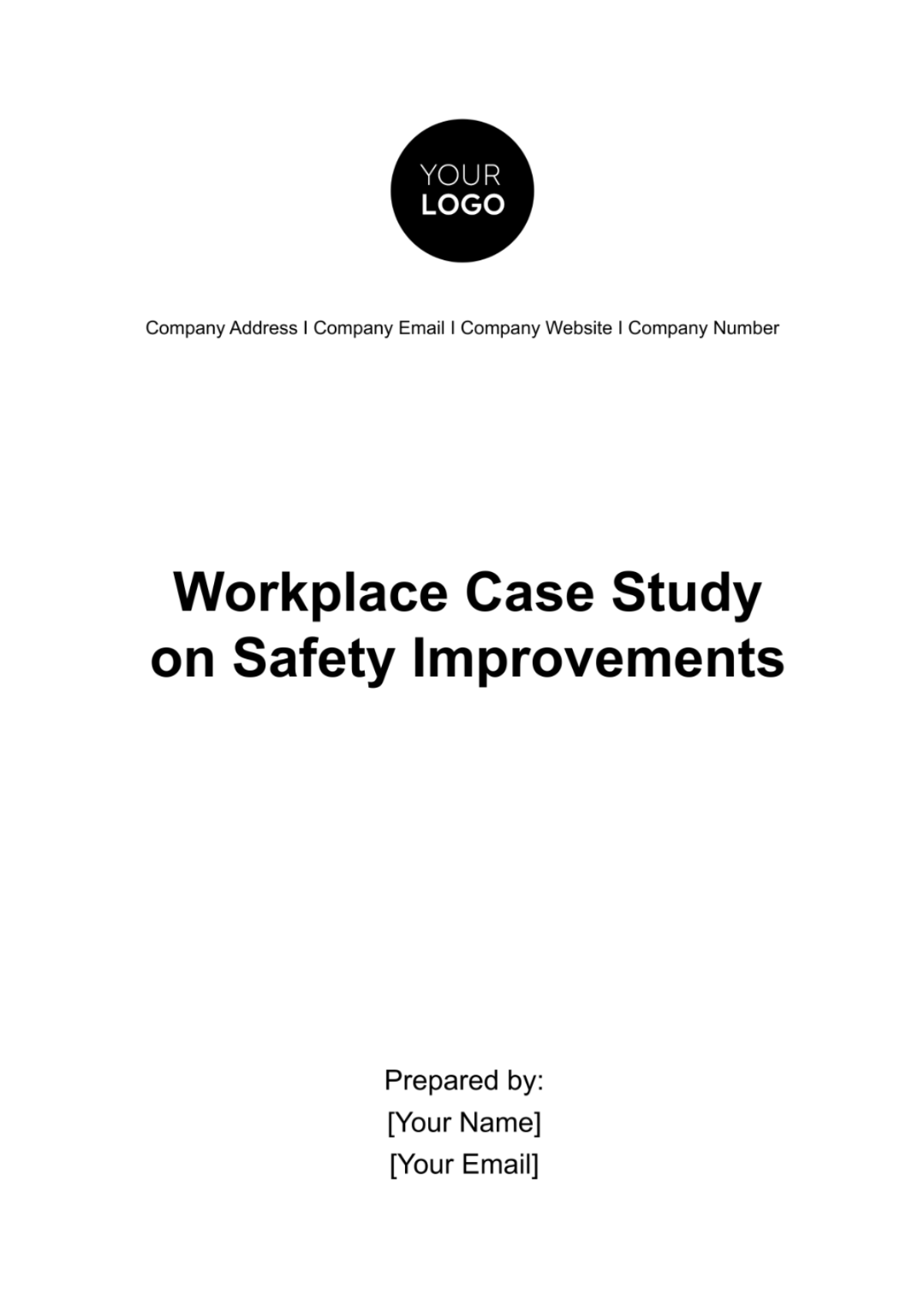WORKPLACE OBSERVATIONAL STUDY
Title: Evaluation of Team Collaboration and Workflow Efficiency
Date: [Date]
Researcher: [Your Name]
Organization: [Your Company Name]
Introduction
Purpose of the Study
The purpose of this study is to evaluate team collaboration and workflow efficiency within the development department at [Your Company Name]. The aim is to identify areas of improvement that can enhance team productivity and workplace satisfaction.
Scope and Objectives:
Assess the effectiveness of current team collaboration methods.
Evaluate workflow processes to identify bottlenecks and inefficiencies.
Provide actionable recommendations for improvement.
Background Information
The development department consists of 20 team members working on software projects. Recent feedback indicates a need to improve teamwork and streamline project workflows.
Methodology
Description of Observational Techniques:
Direct observation and note-taking were employed to assess team interactions and workflow processes. Observations were conducted during team meetings and individual work sessions.
Duration and Frequency of Observations:
Observations were conducted over a two-week period, with sessions lasting 2 hours each day. Observations were made on different days to ensure a comprehensive analysis.
Tools and Instruments Used:
Observation Checklist
Digital Note-taking App
Audio Recorder (for team meetings)
Observational Protocol
Details of the Observation Setting:
Observations were conducted in the main office workspace and conference rooms. Team members were observed during daily stand-up meetings, project planning sessions, and individual work periods.
Specific Aspects to Observe:
Team communication and collaboration
Adherence to workflow processes
Employee engagement and productivity
Criteria for Evaluation:
Clarity of communication
Effectiveness of collaboration tools
Efficiency of task completion
Data Collection
Observation Log:
Date | Time | Location | Observations |
|---|---|---|---|
2024-09-01 | 10:00 AM | Main Office | Team members demonstrated effective communication during the stand-up meeting. Tasks were clearly assigned. |
2024-09-02 | 11:00 AM | Conference Room | Project planning session was disorganized. Team members struggled with the collaboration tool. |
2024-09-03 | 02:00 PM | Individual Workstations | Several employees experienced delays due to unclear task priorities. |
Notes on Behavior, Interactions, and Environment:
High levels of engagement observed during meetings.
Inefficiencies noted in the use of collaboration tools.
Some confusion regarding task priorities.
Challenges or Issues Encountered:
Difficulty in capturing detailed interactions during fast-paced meetings.
Variability in team members' adherence to the use of collaboration tools.
Analysis and Findings
Summary of Key Observations:
Team communication is generally effective, but there are gaps in the use of collaboration tools.
Workflow processes are occasionally hindered by unclear task assignments and priorities.
Overall employee engagement is high, though some frustration was noted regarding workflow inefficiencies.
Patterns and Trends Identified:
A consistent issue with the collaboration tool was identified.
Task priority confusion was a recurring problem affecting workflow efficiency.
Insights and Implications:
Improved training on collaboration tools may enhance team efficiency.
Clearer task assignments and prioritization could reduce workflow disruptions.
Recommendations
Training: Implement training sessions for effective use of collaboration tools.
Workflow Improvement: Develop a standardized process for task assignment and prioritization.
Regular Check-ins: Schedule regular feedback sessions to address workflow and collaboration issues.
Conclusion
The observational study identified key areas for improvement in team collaboration and workflow processes. Addressing these issues through targeted training and process improvements will likely enhance productivity and employee satisfaction within the development department.
